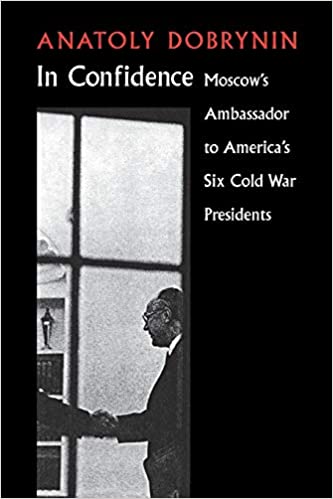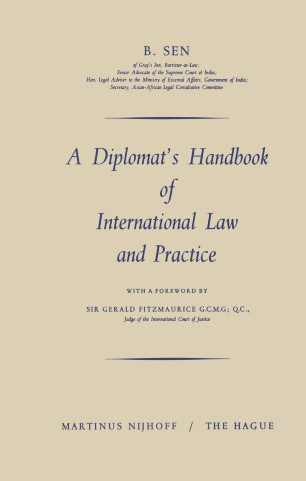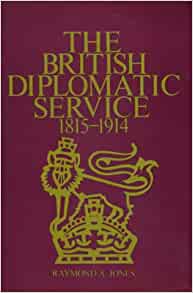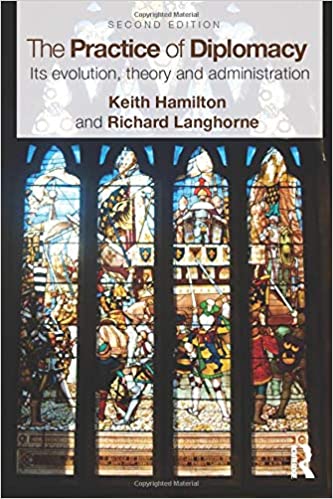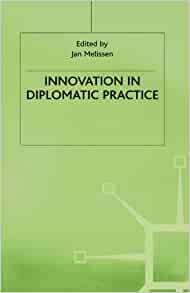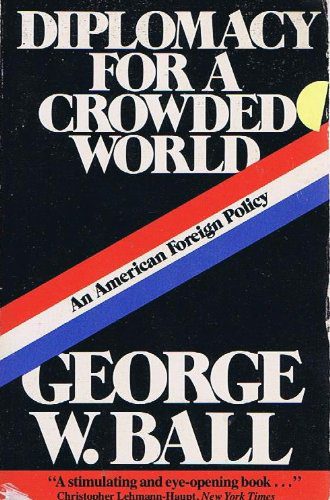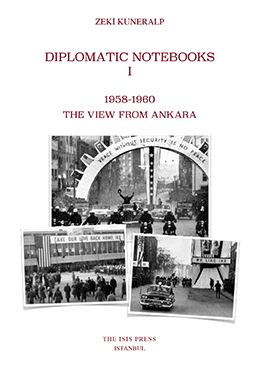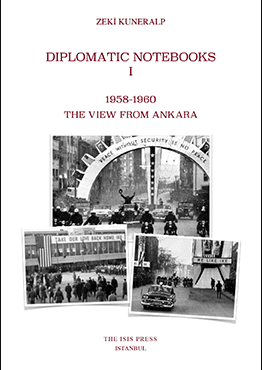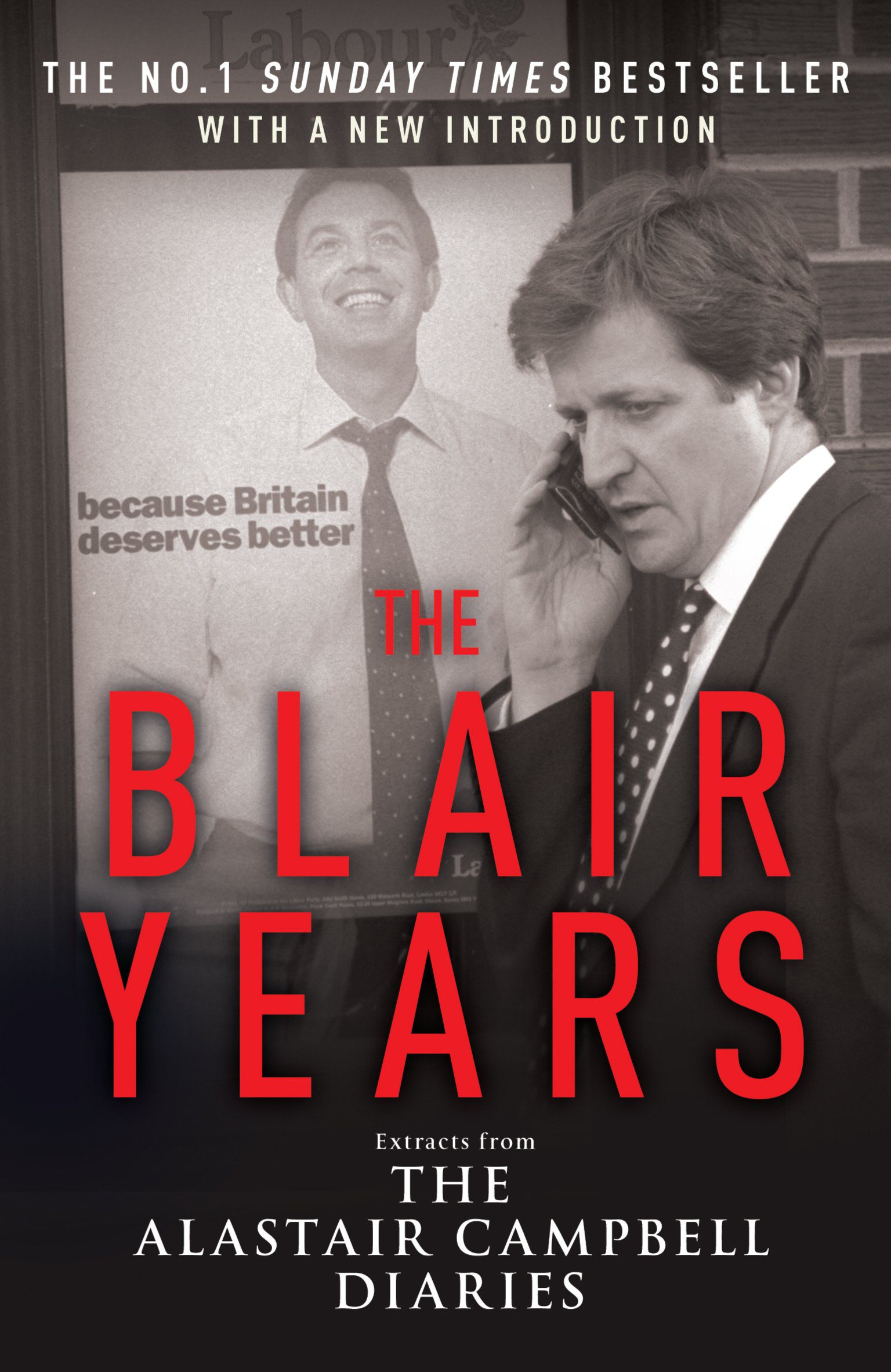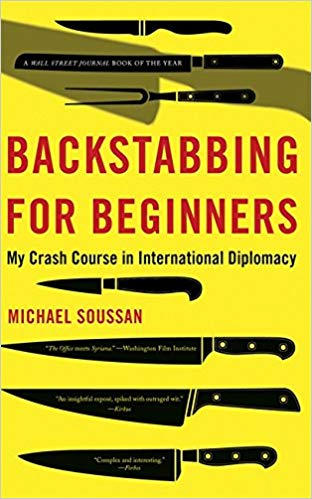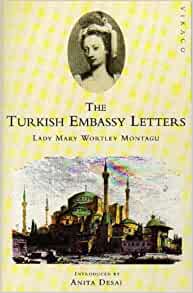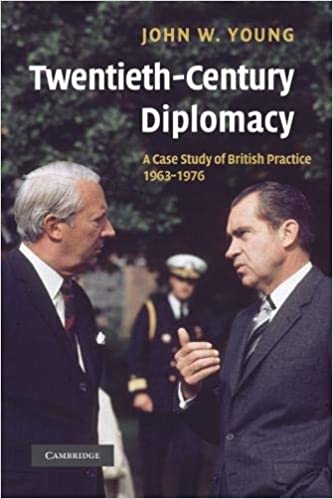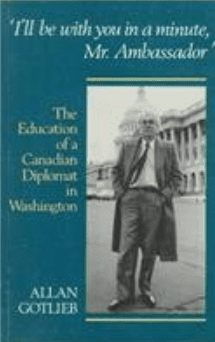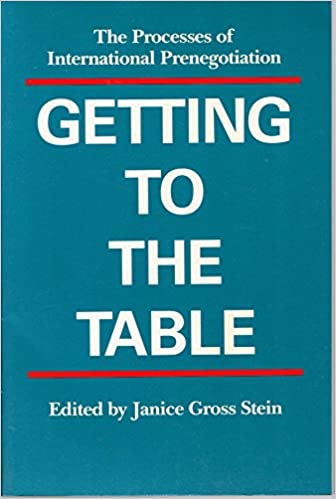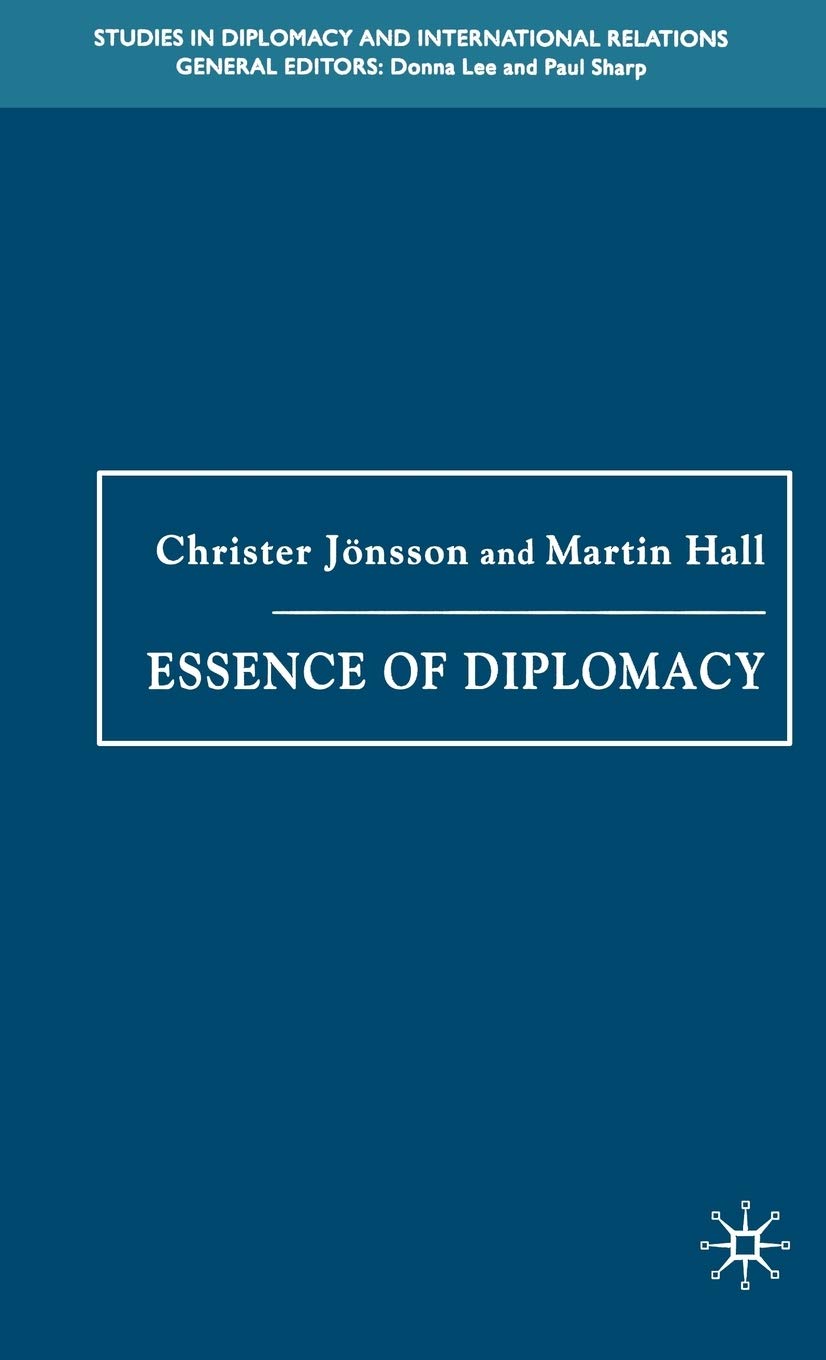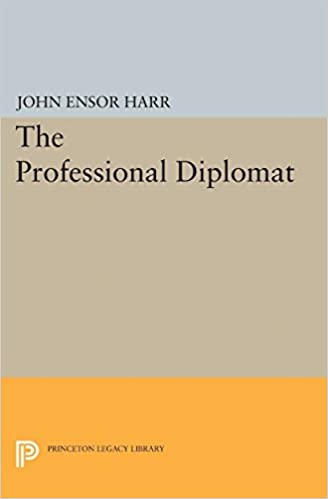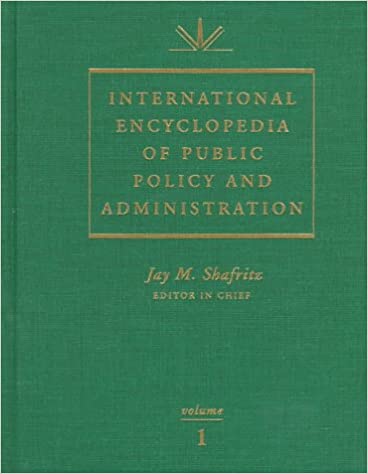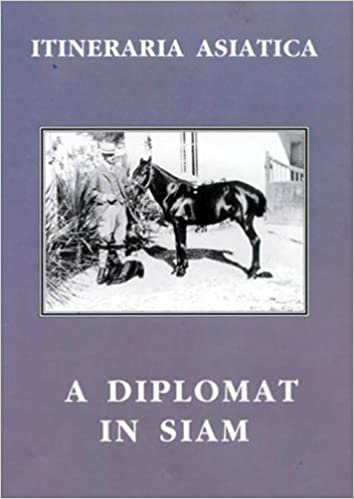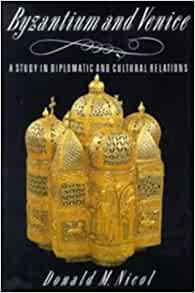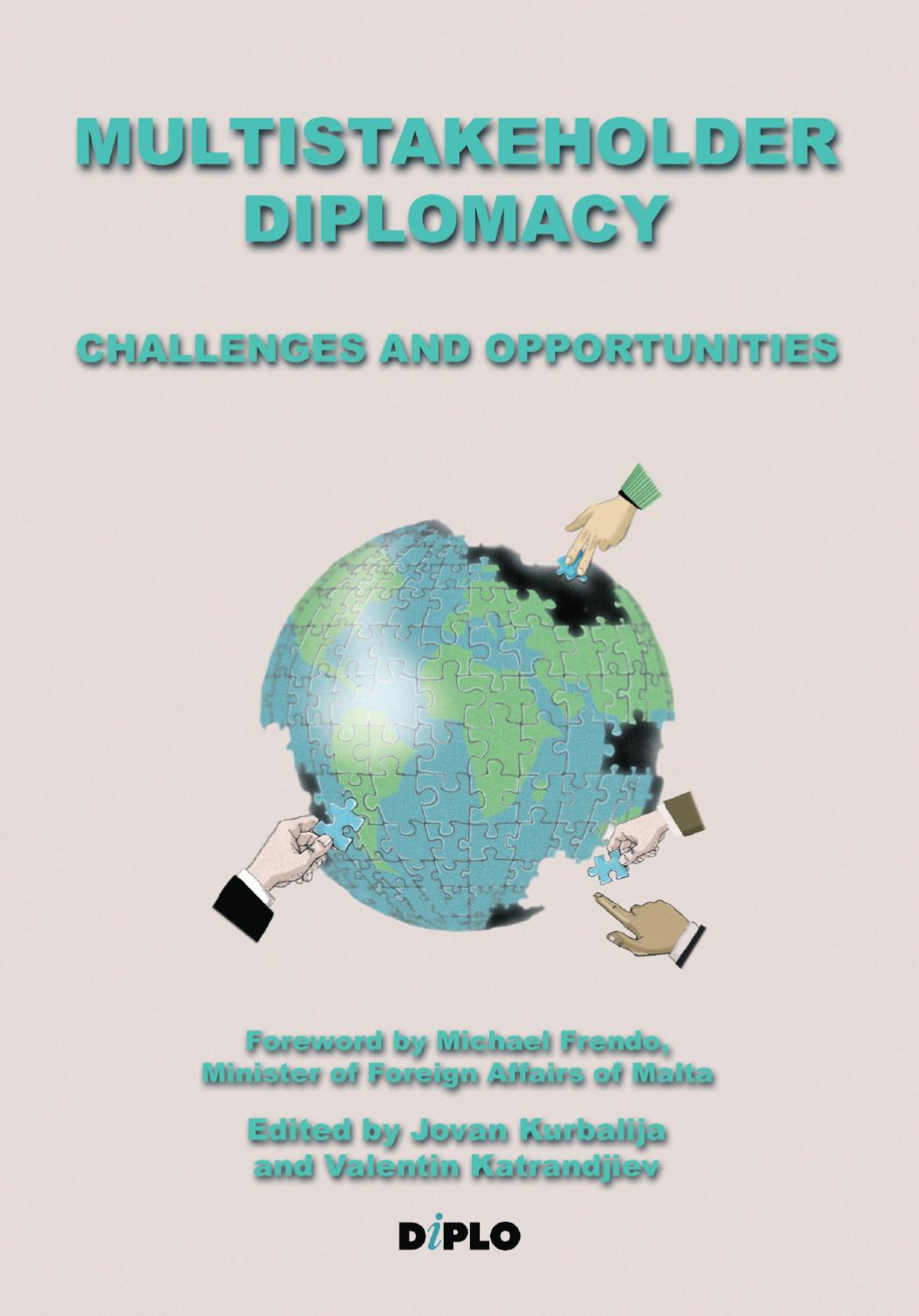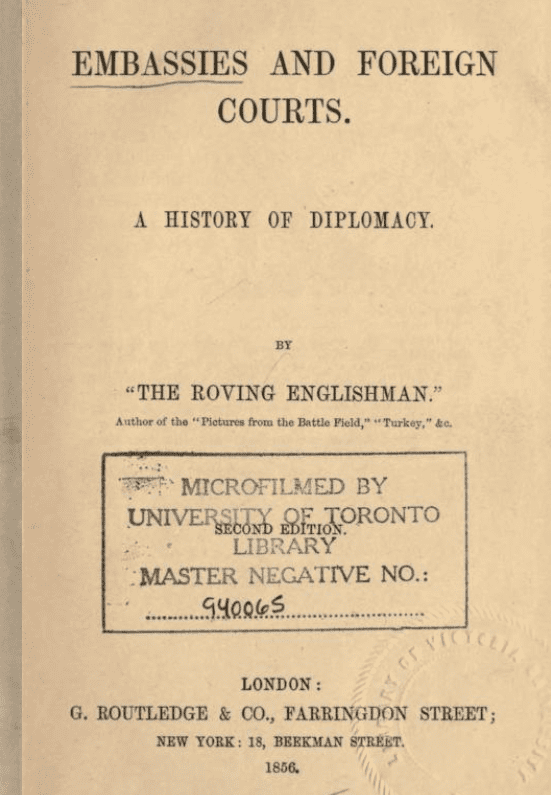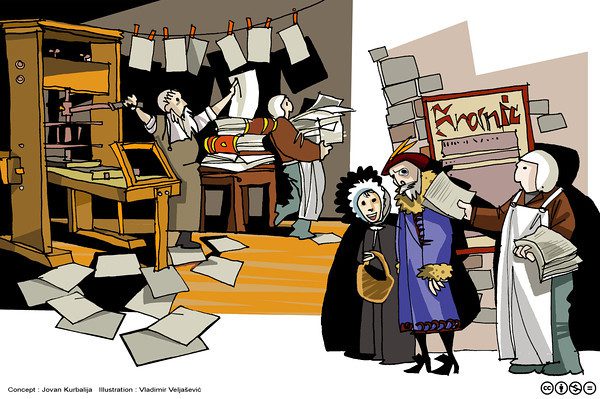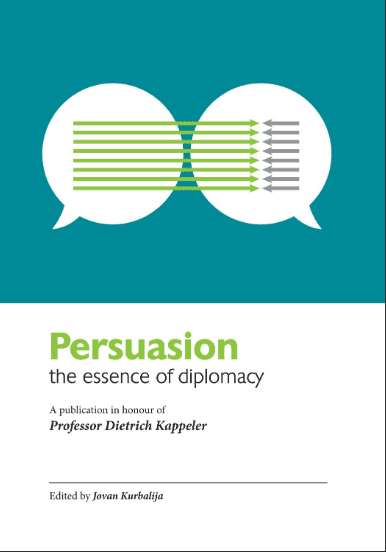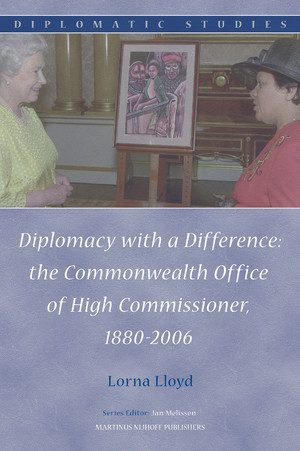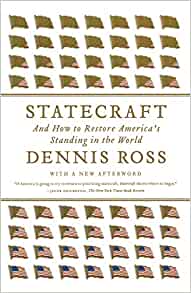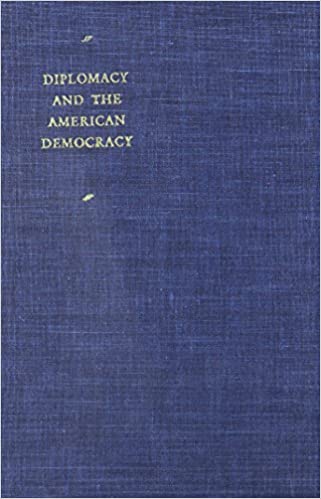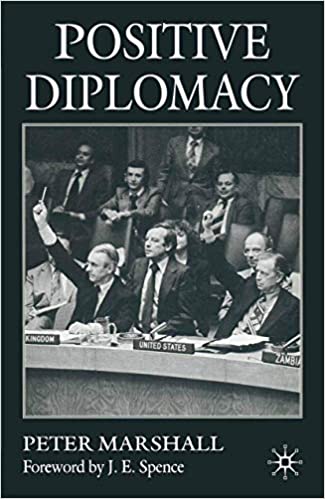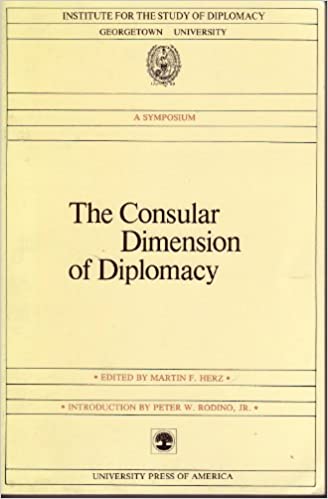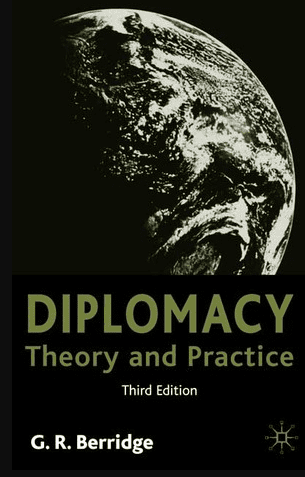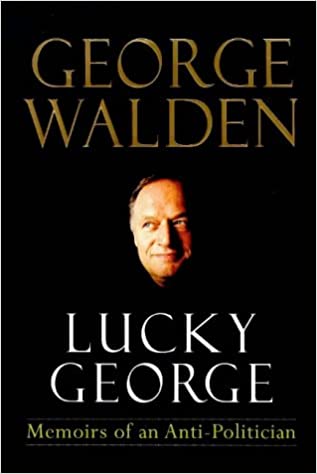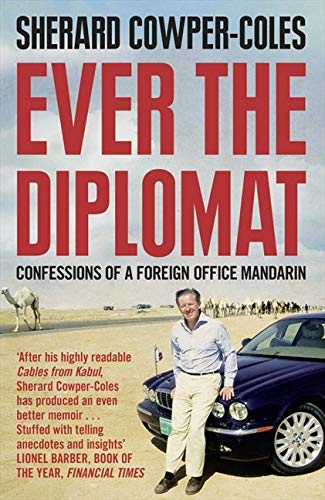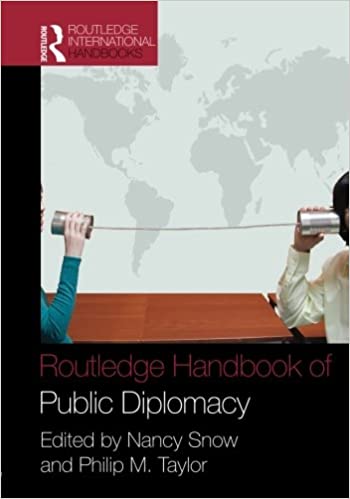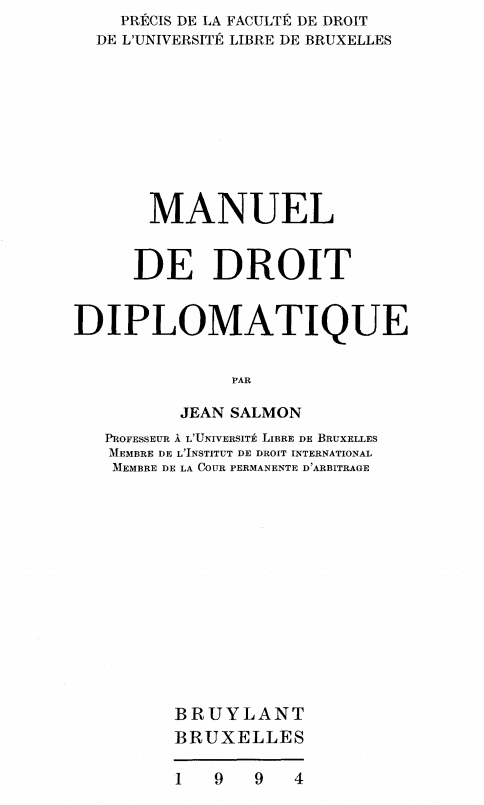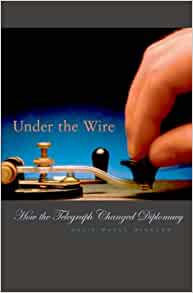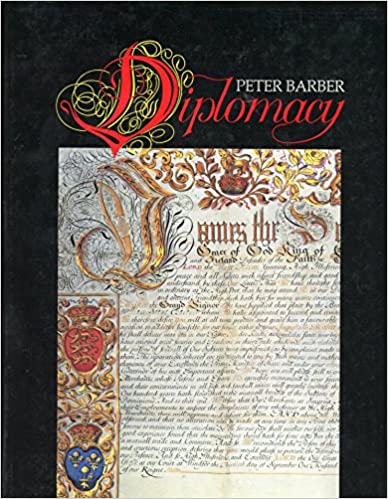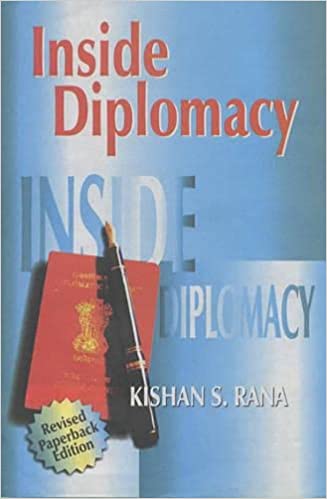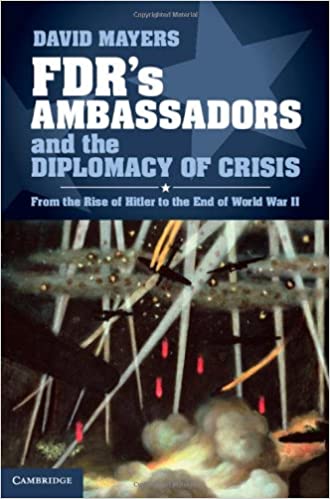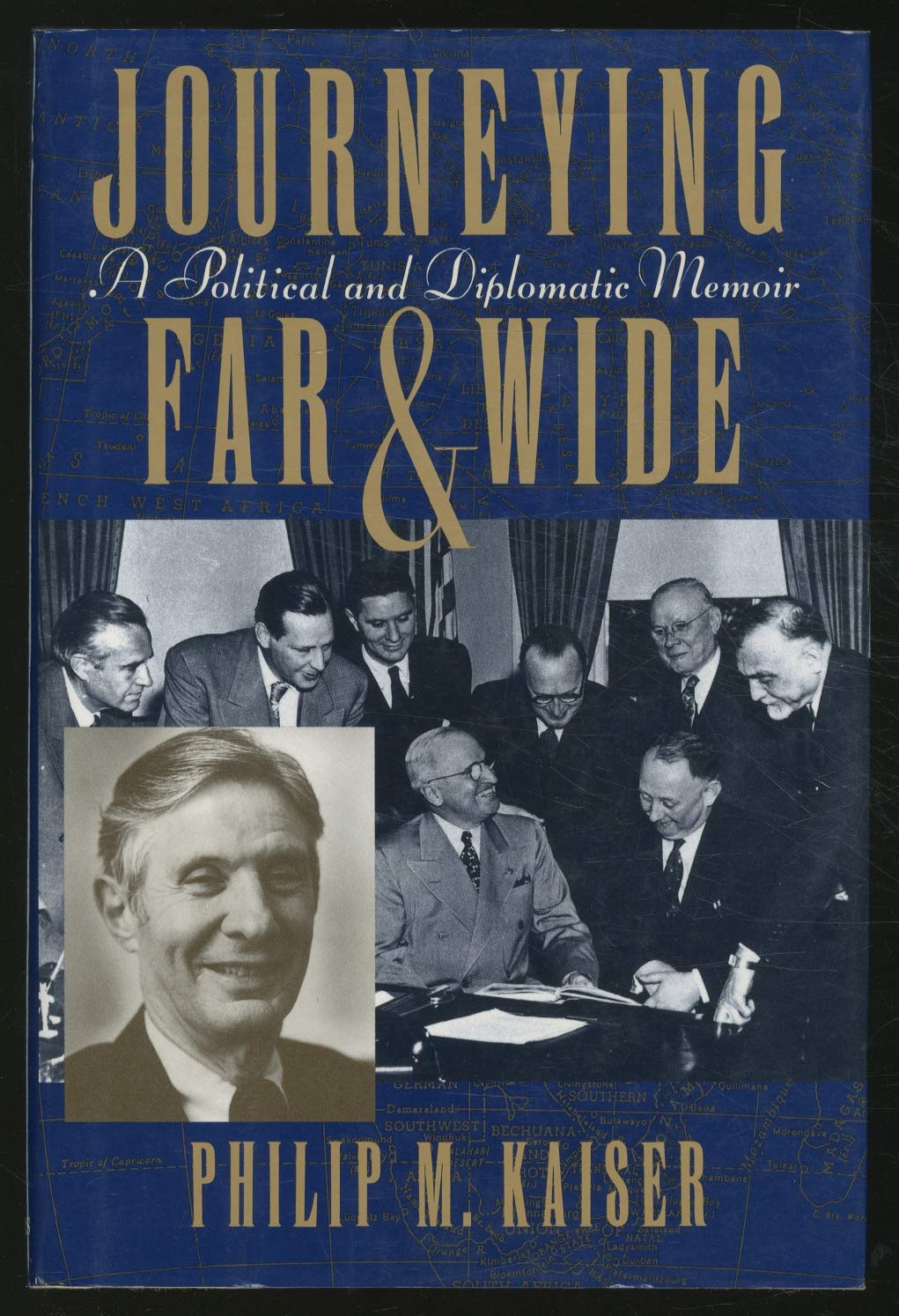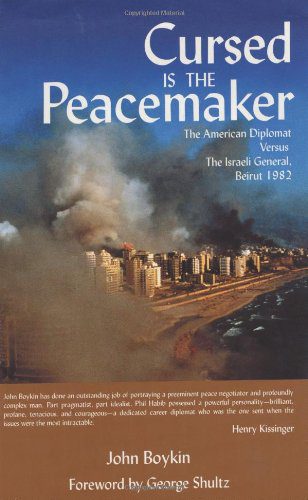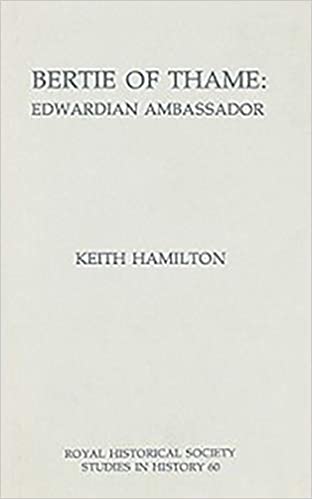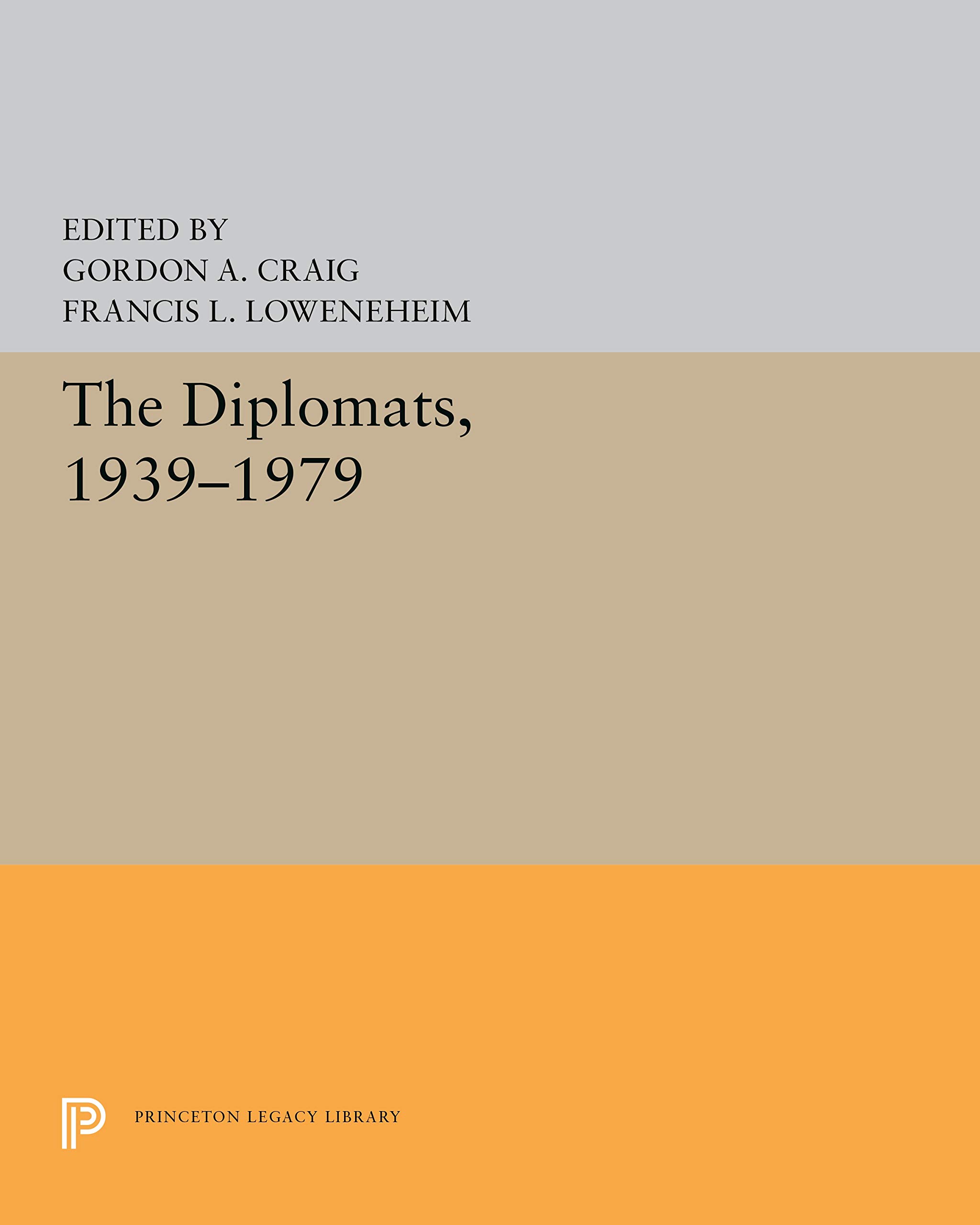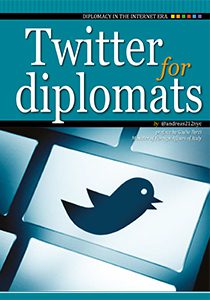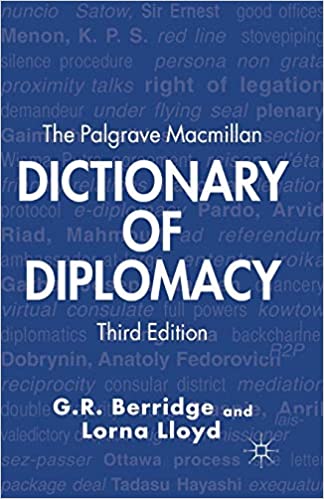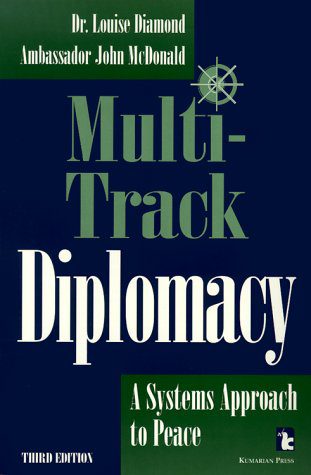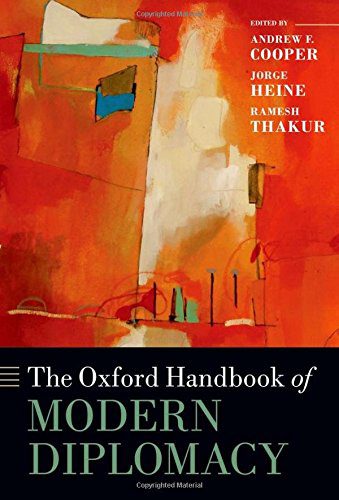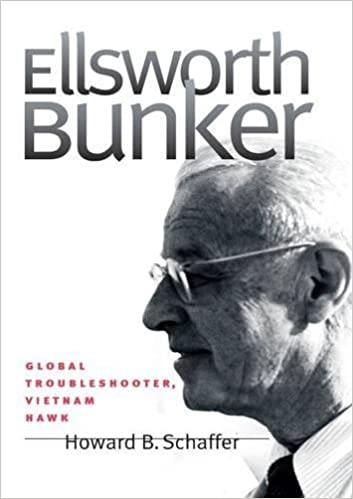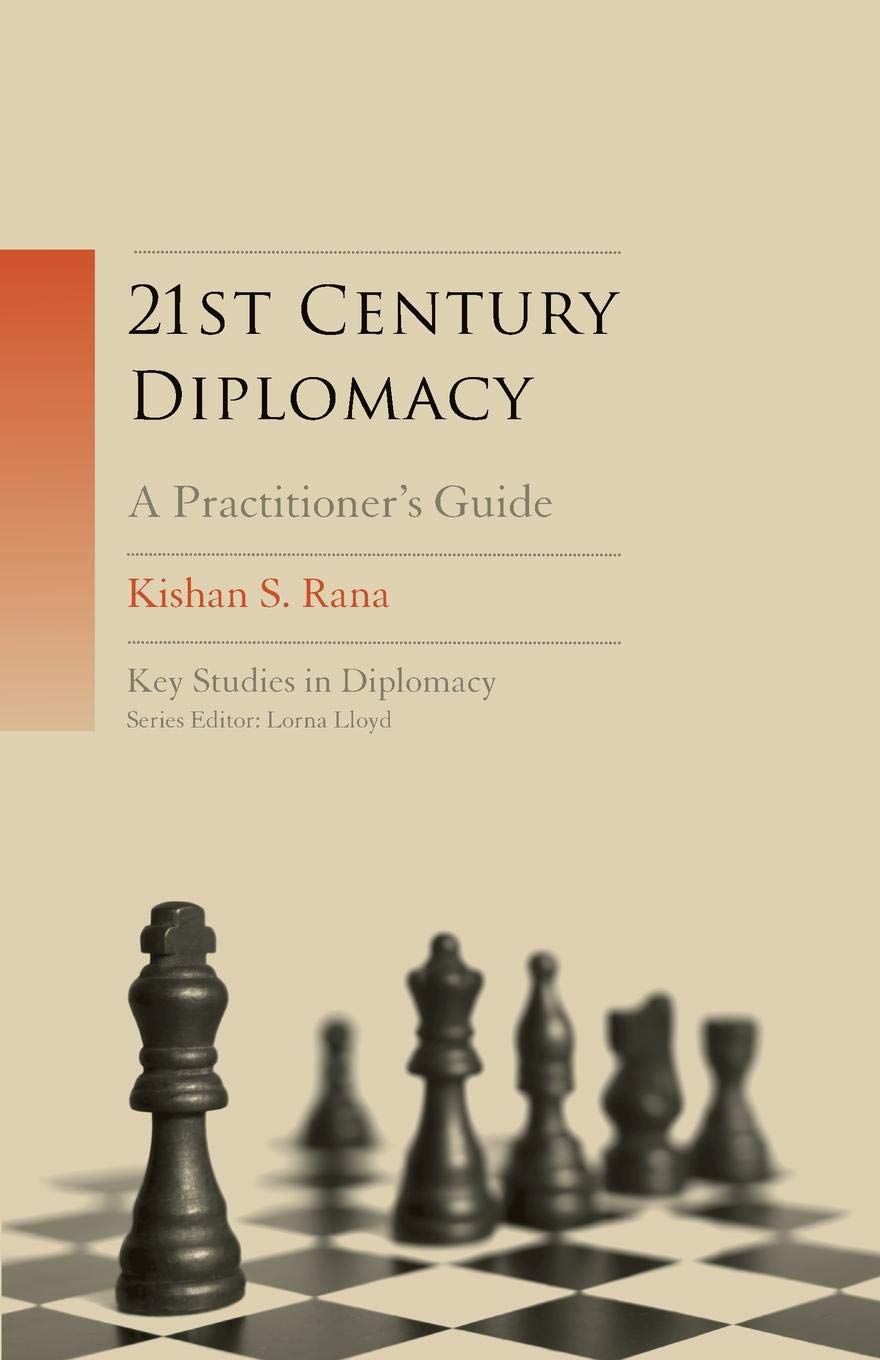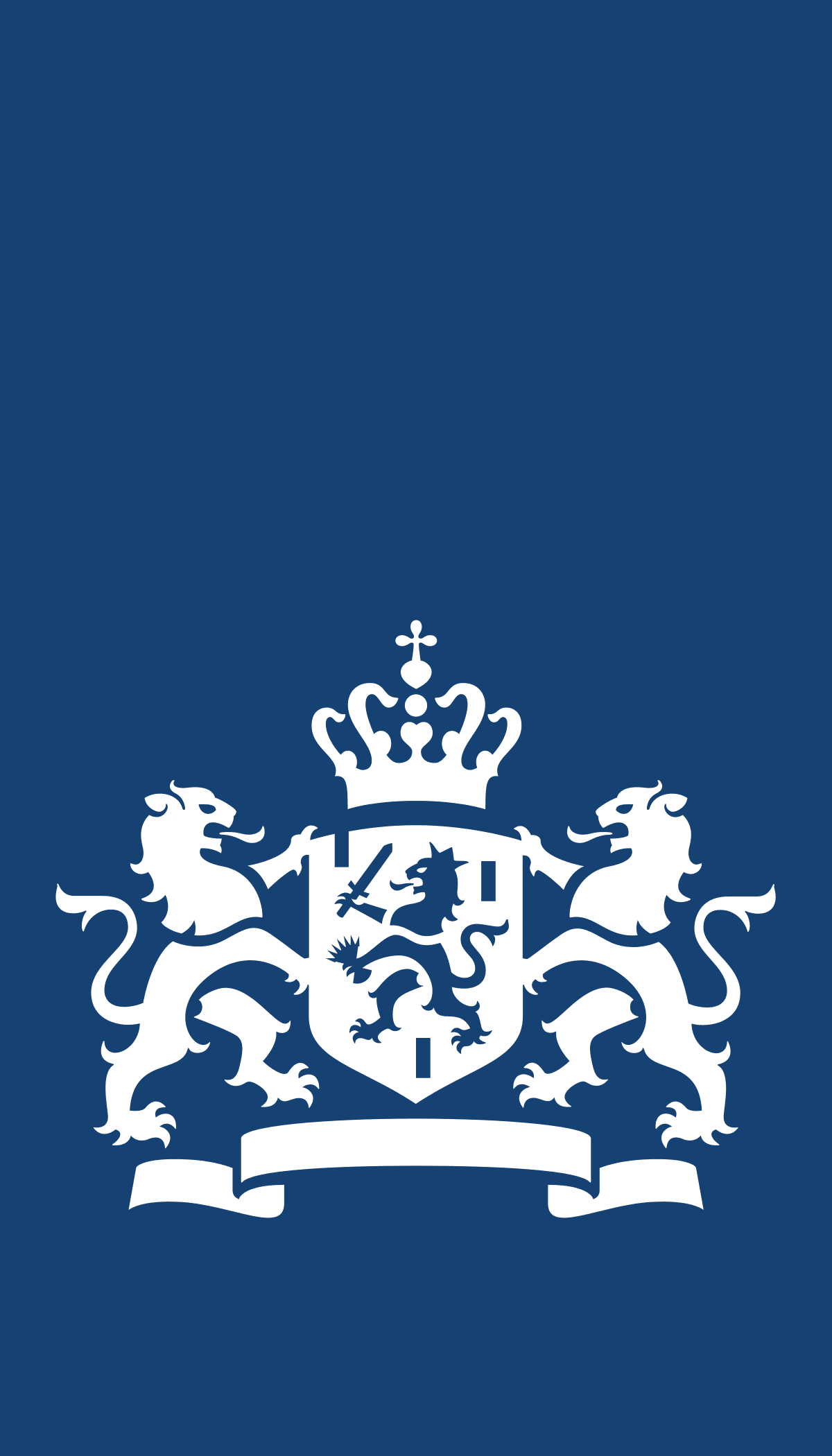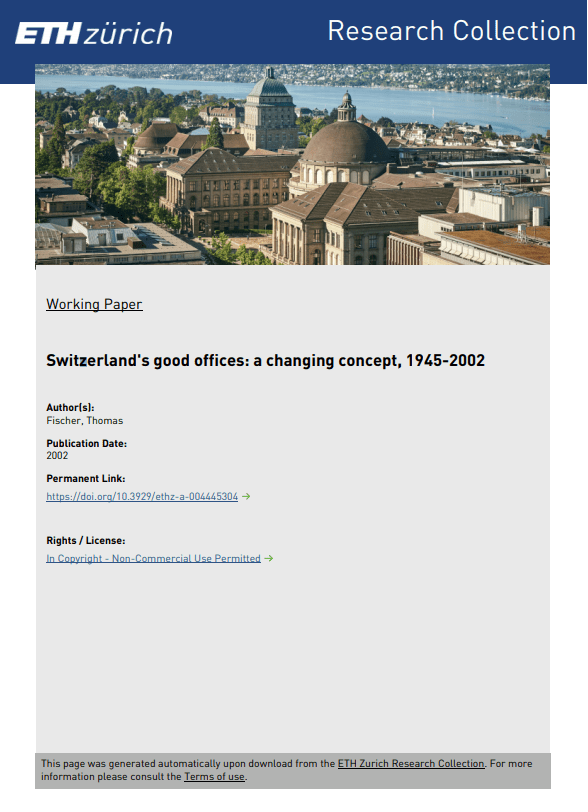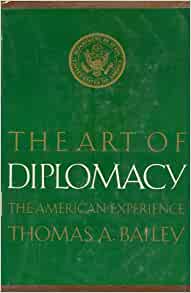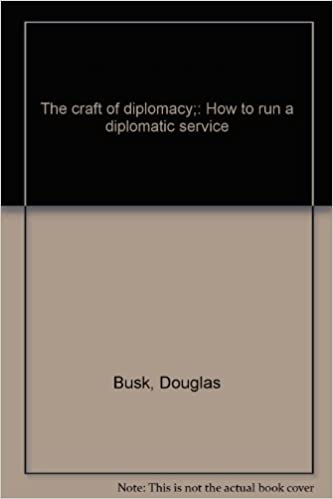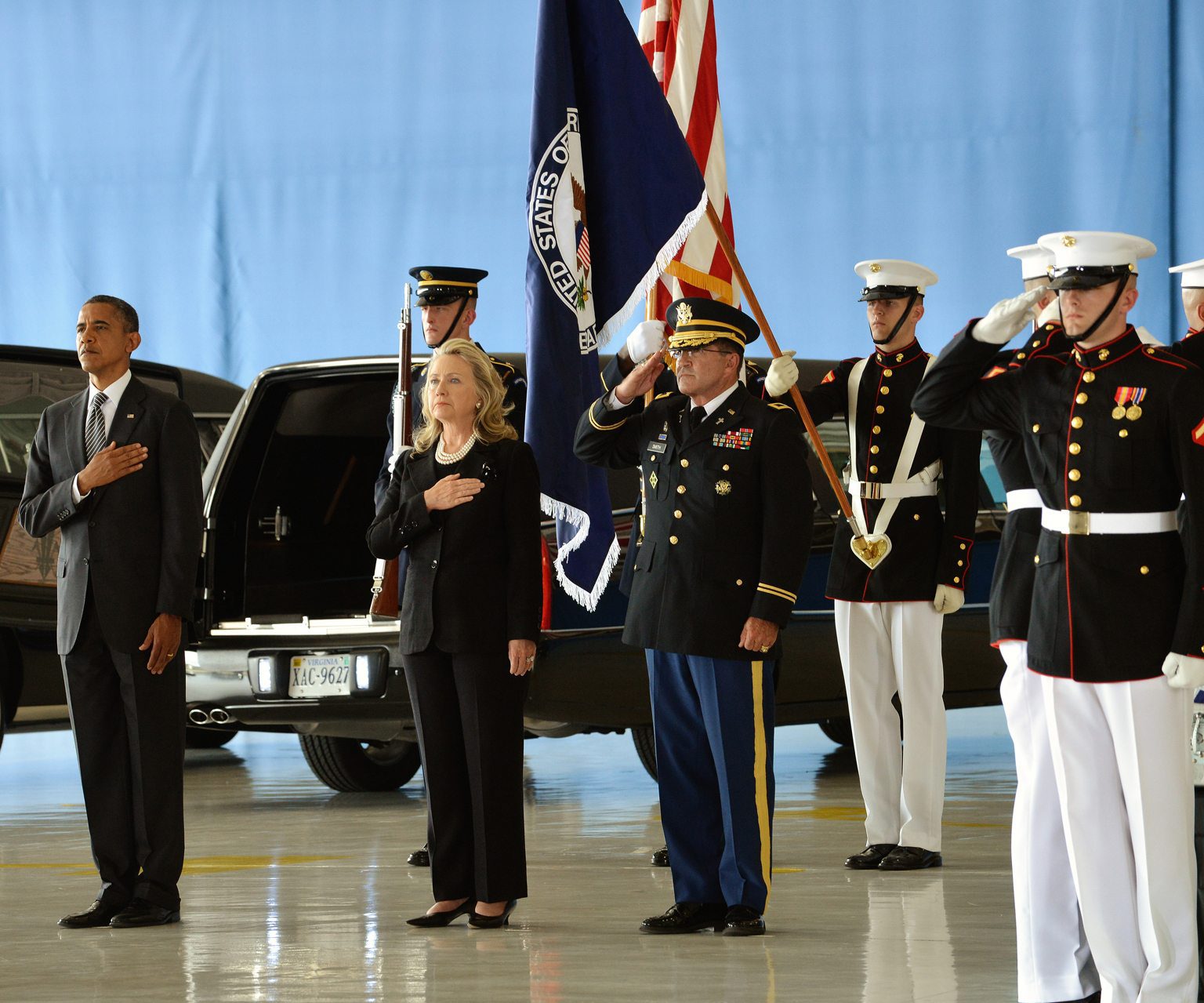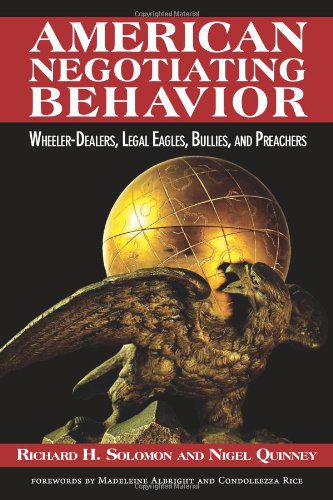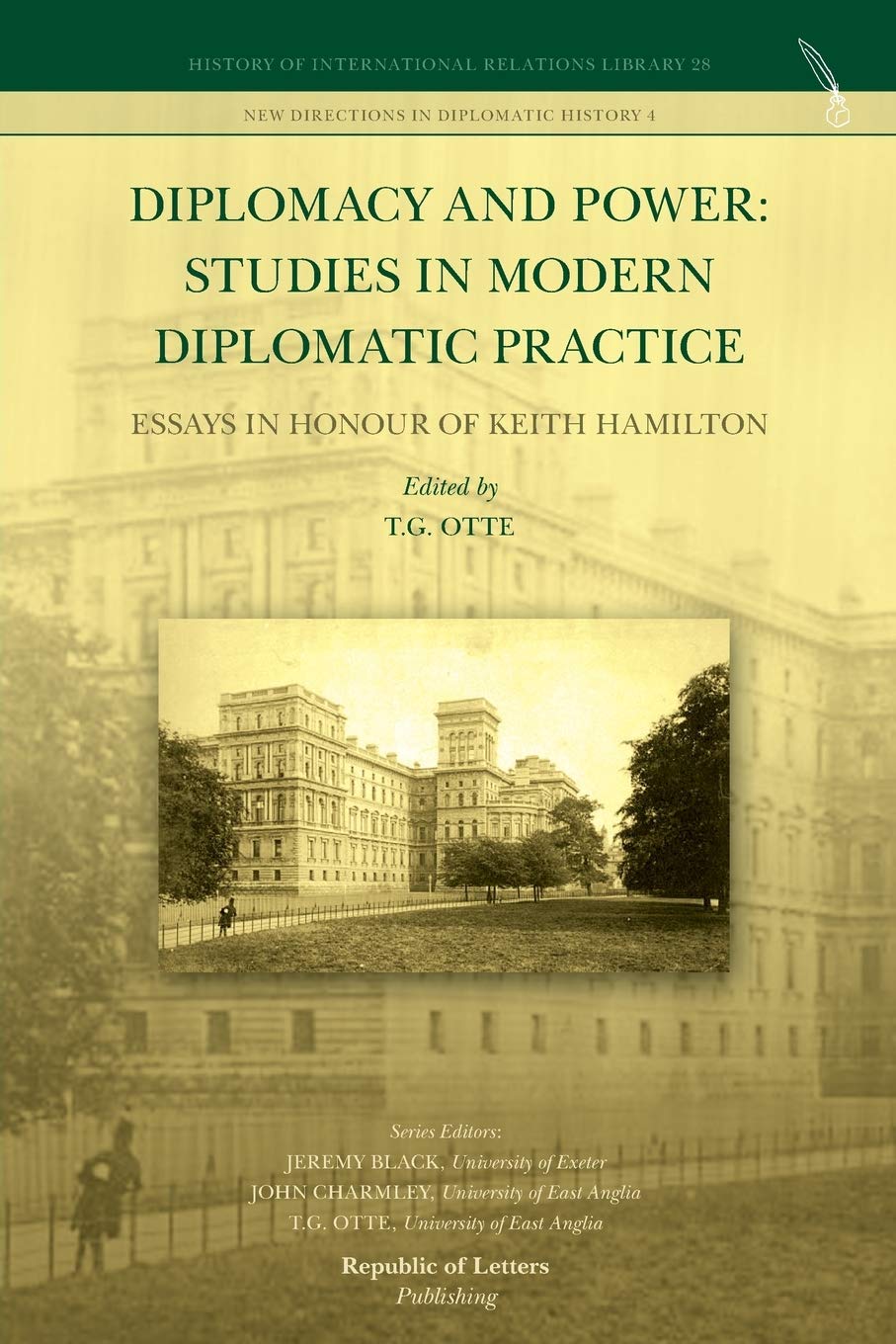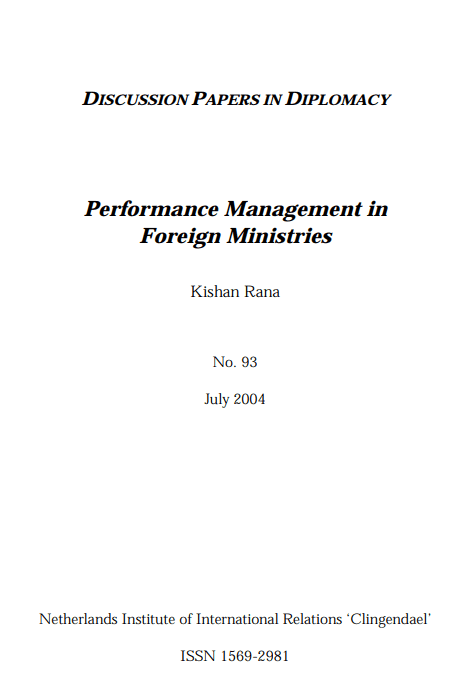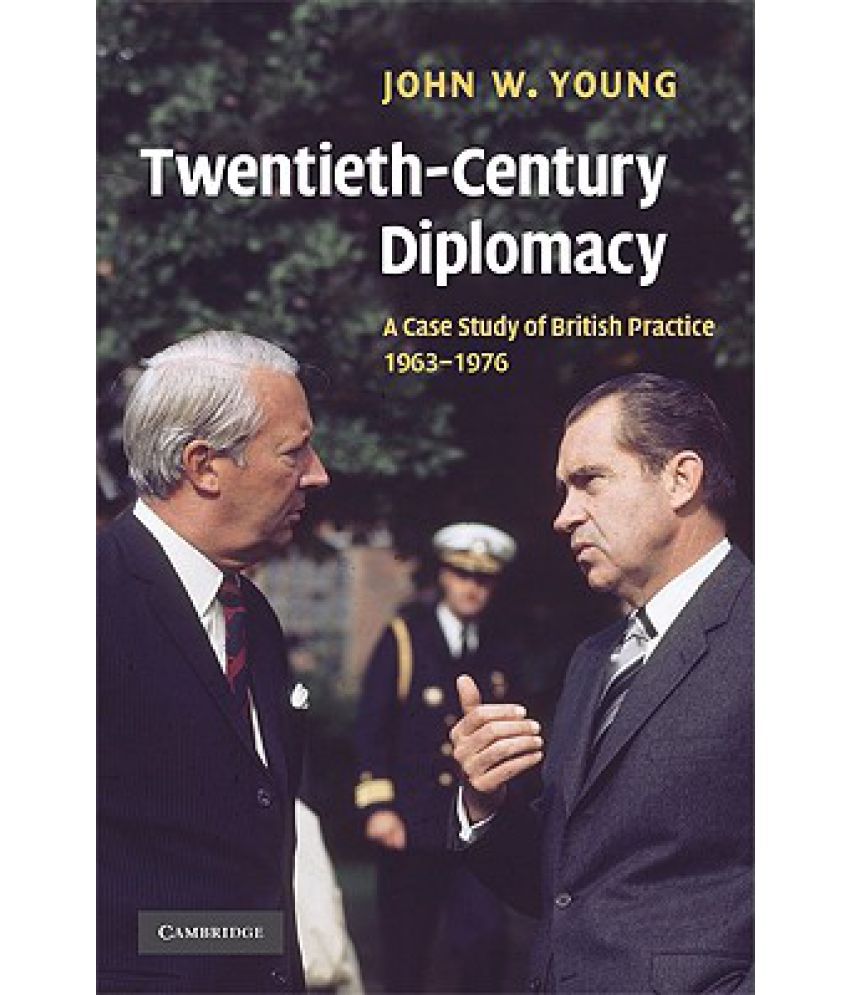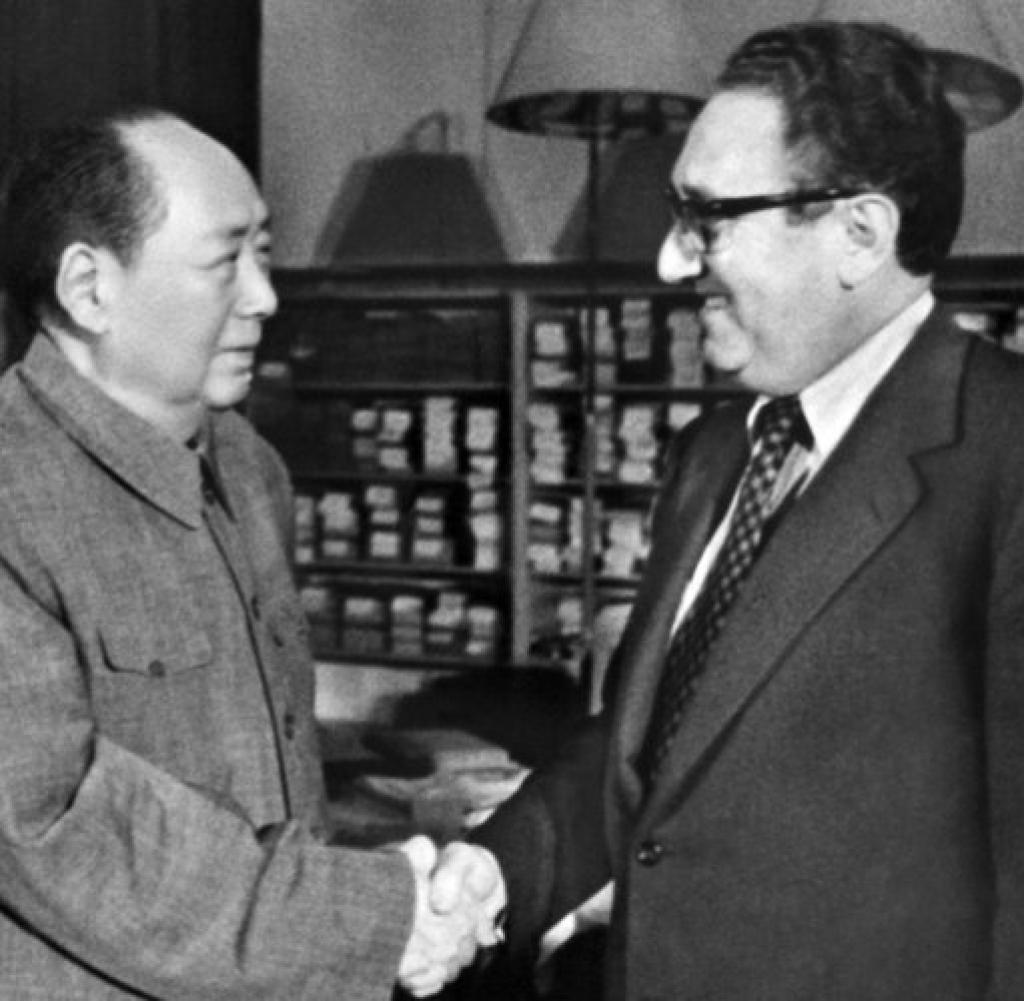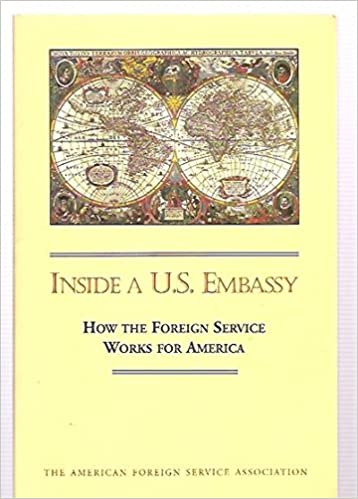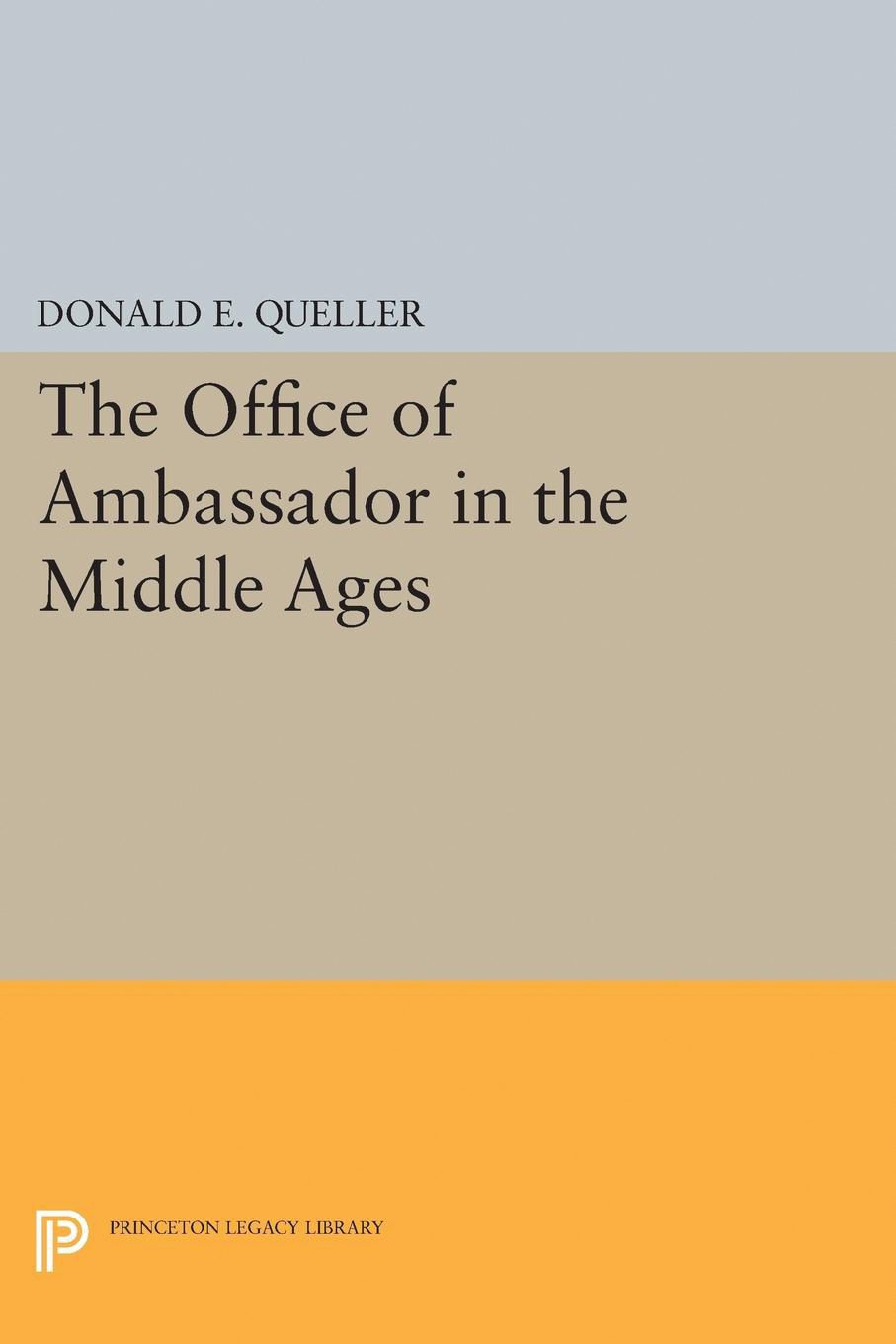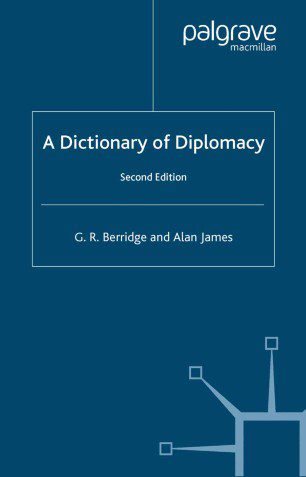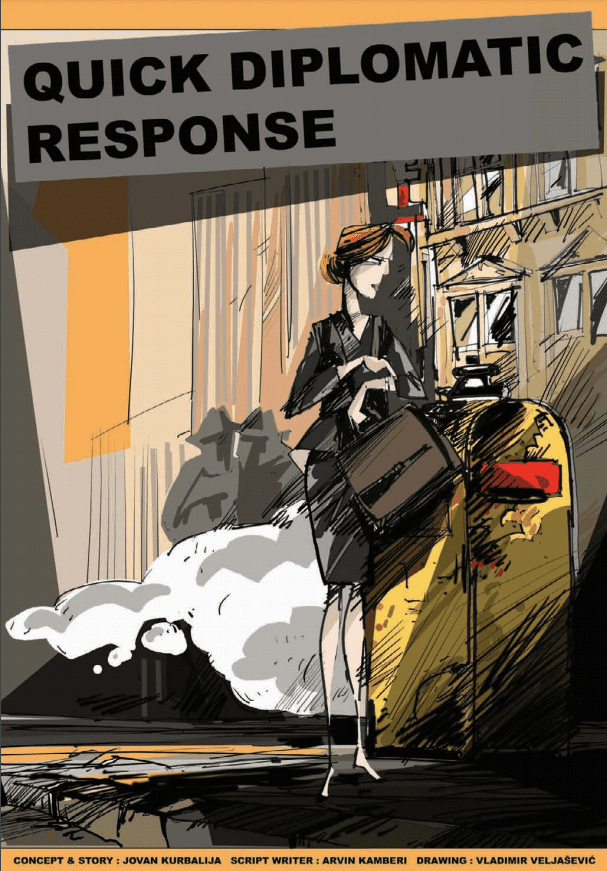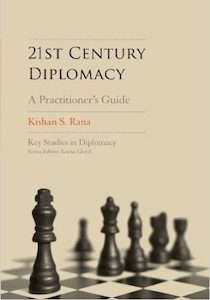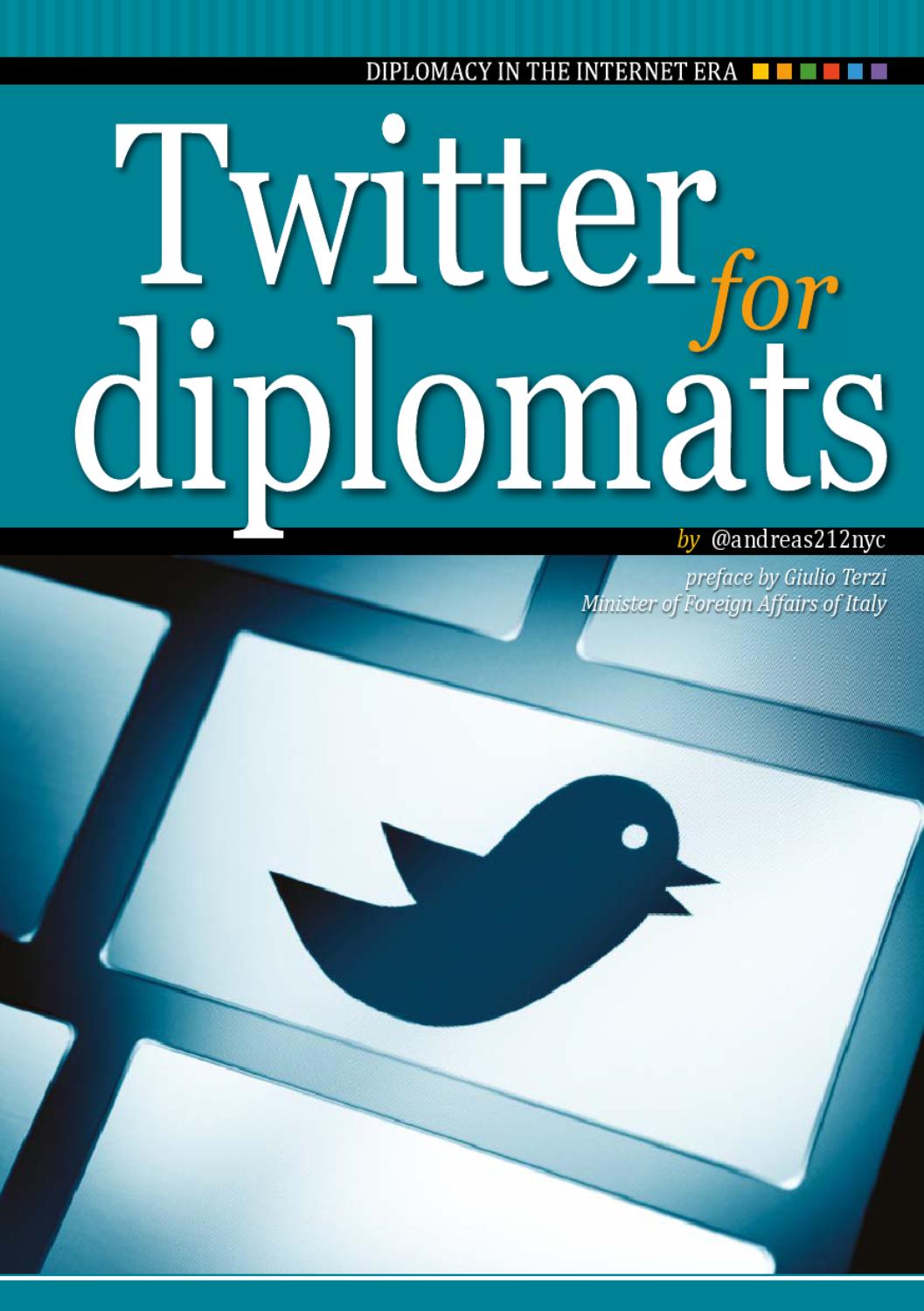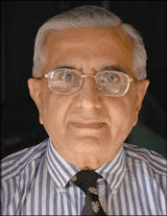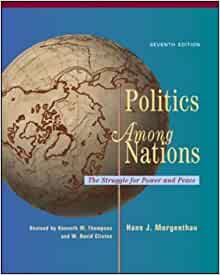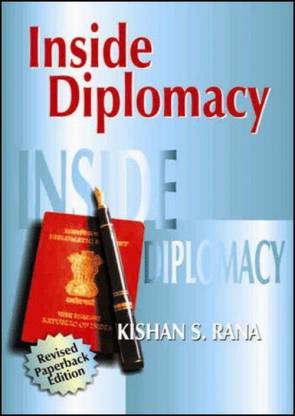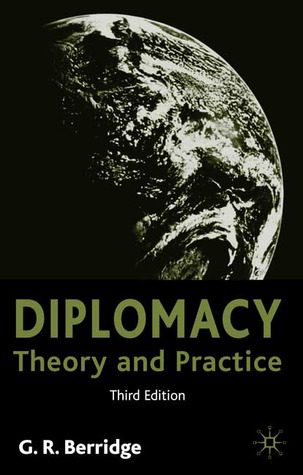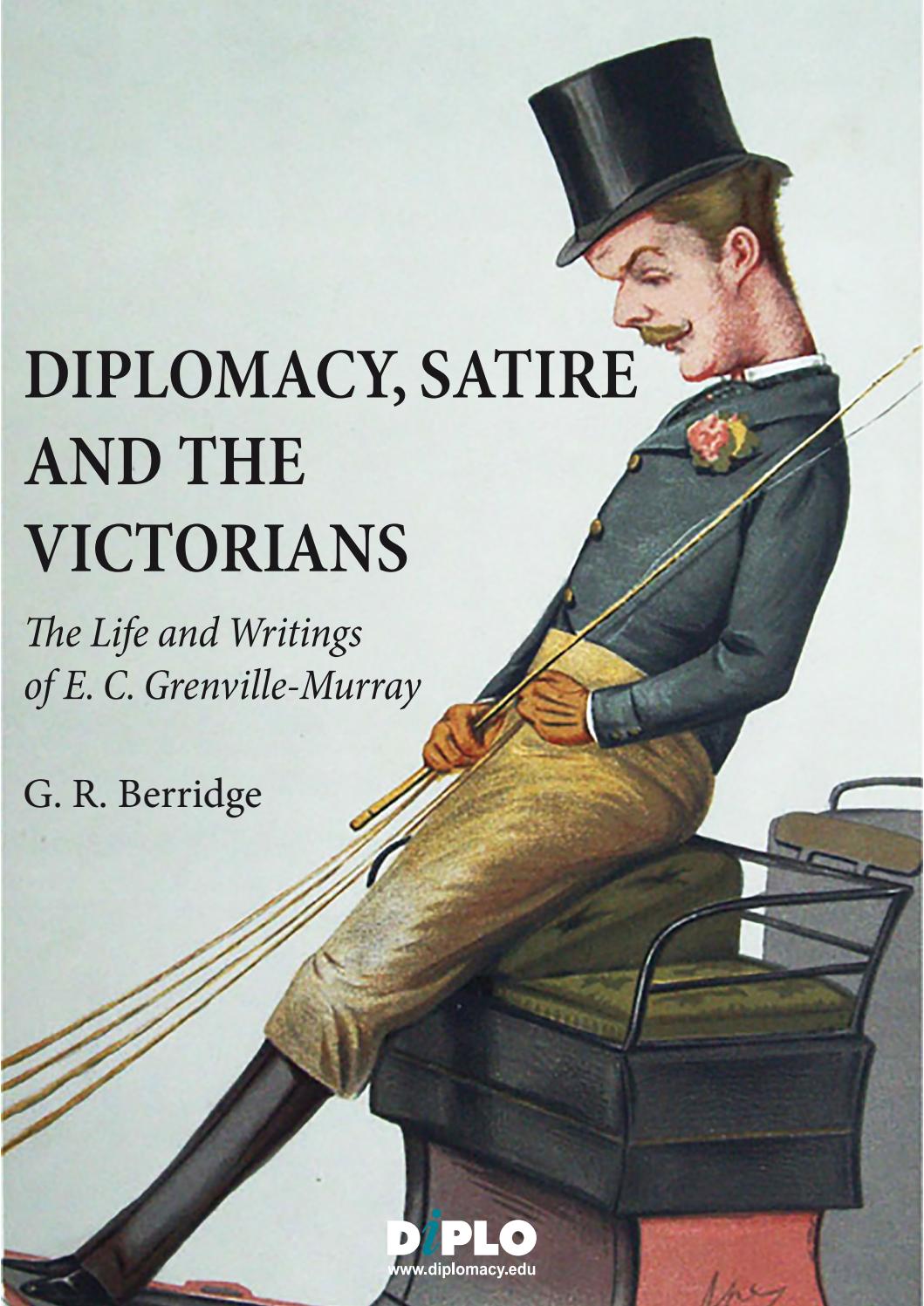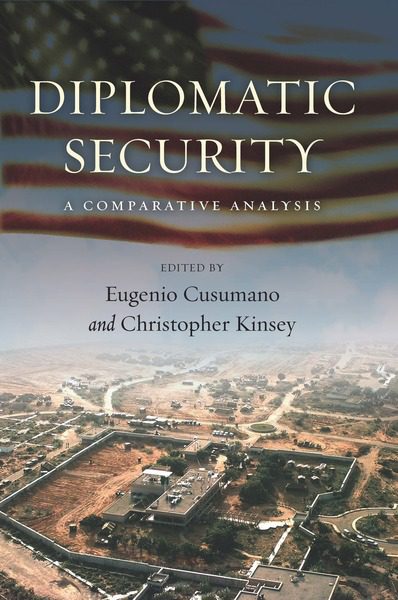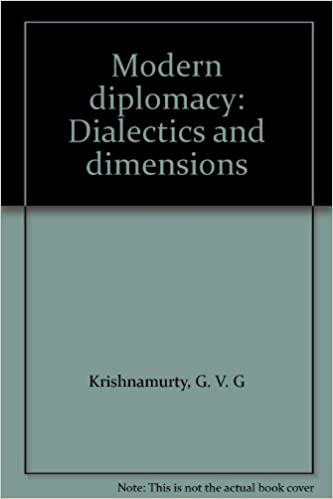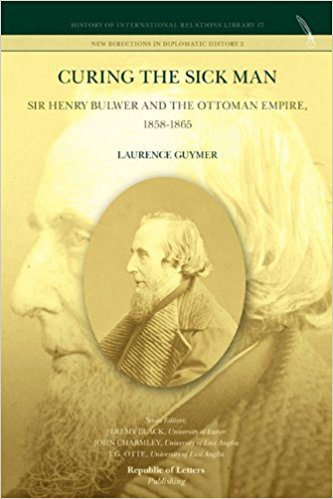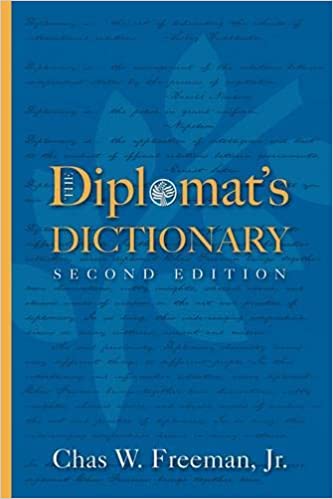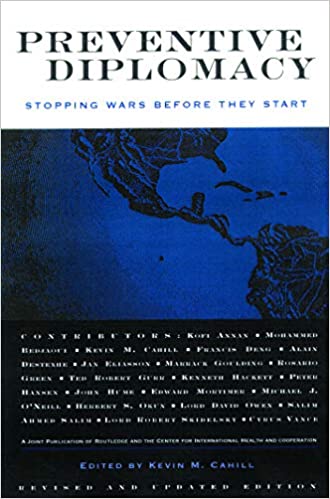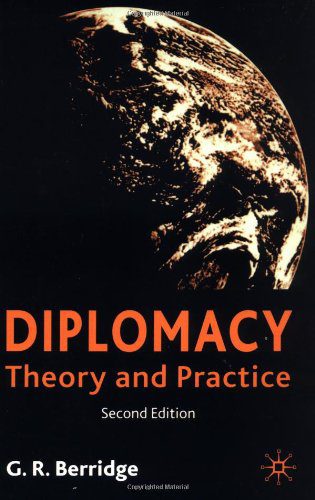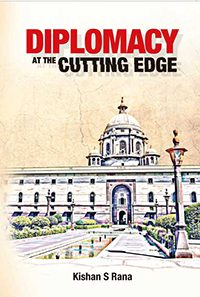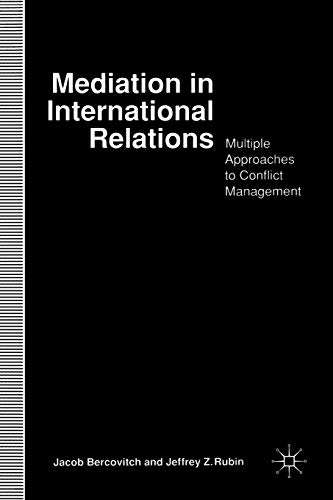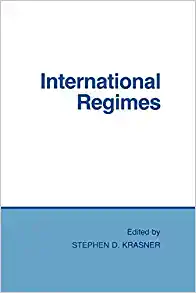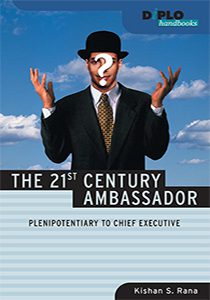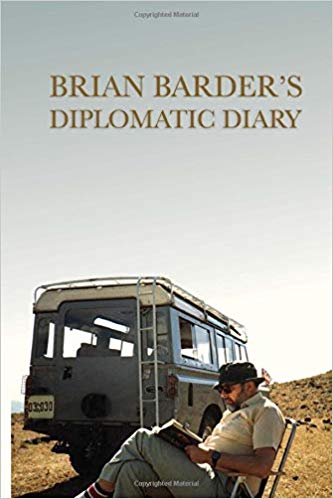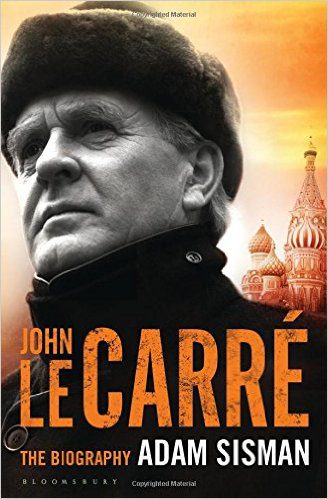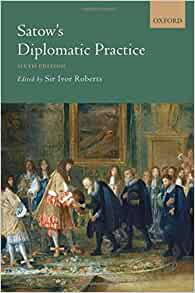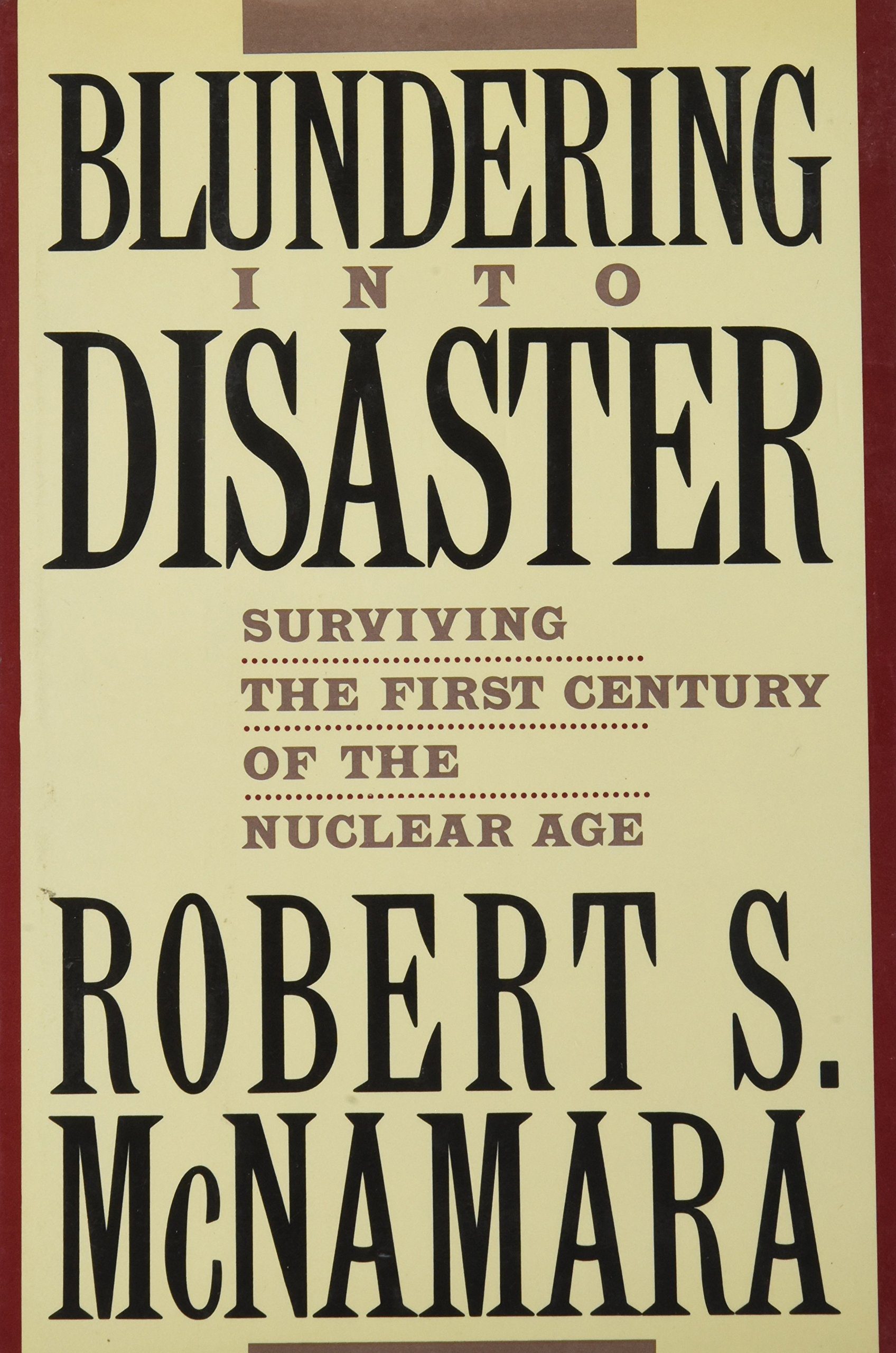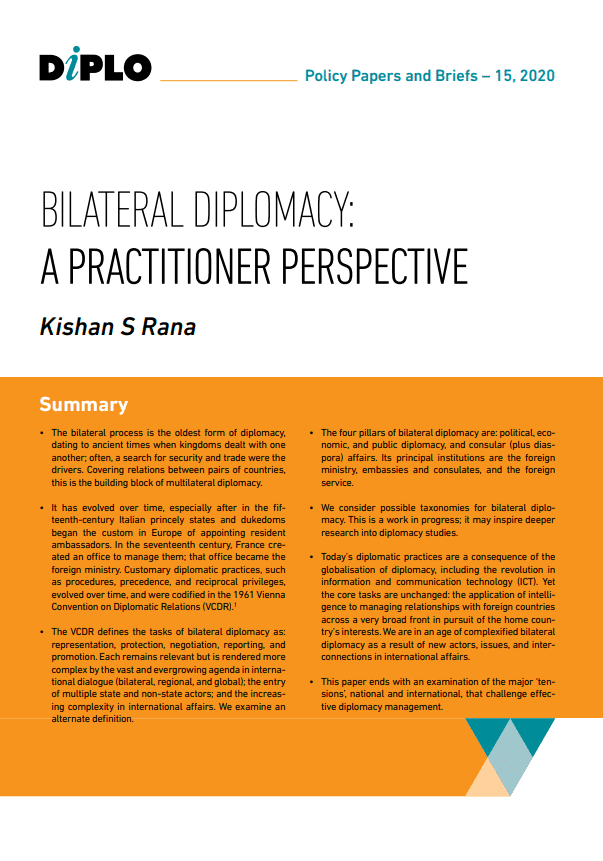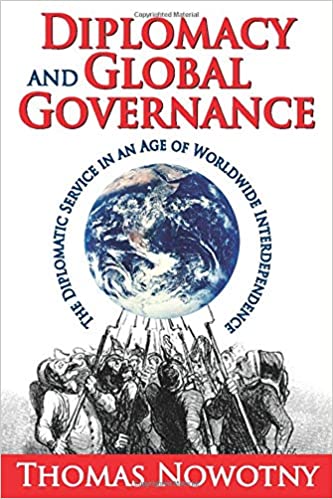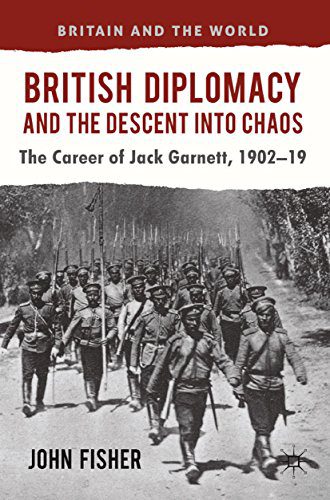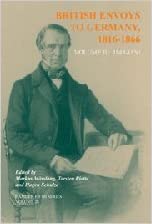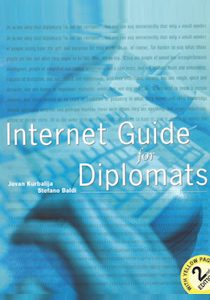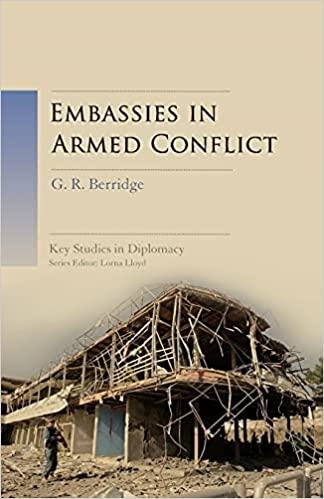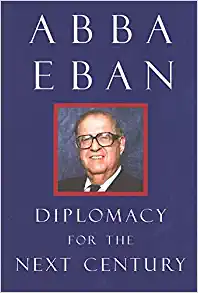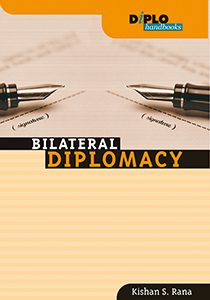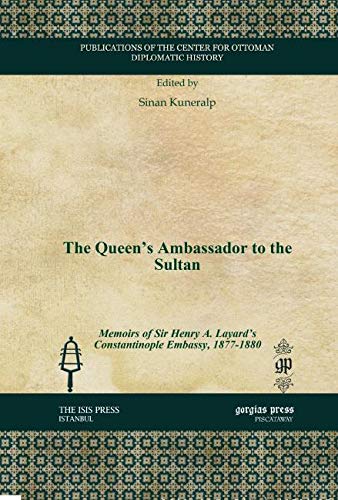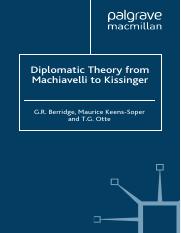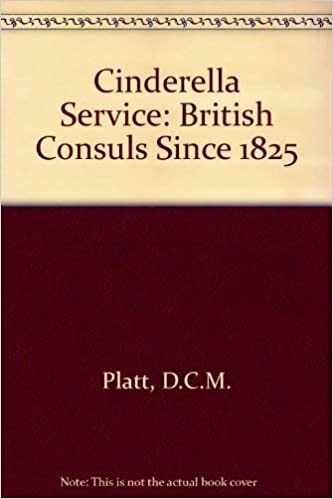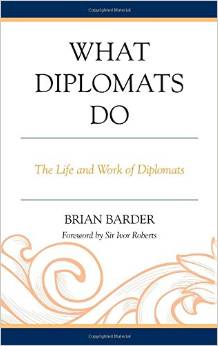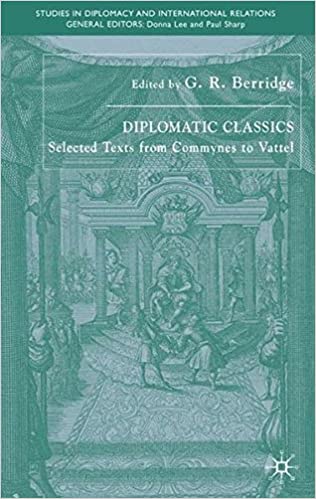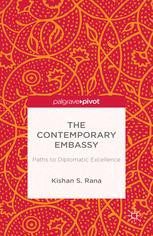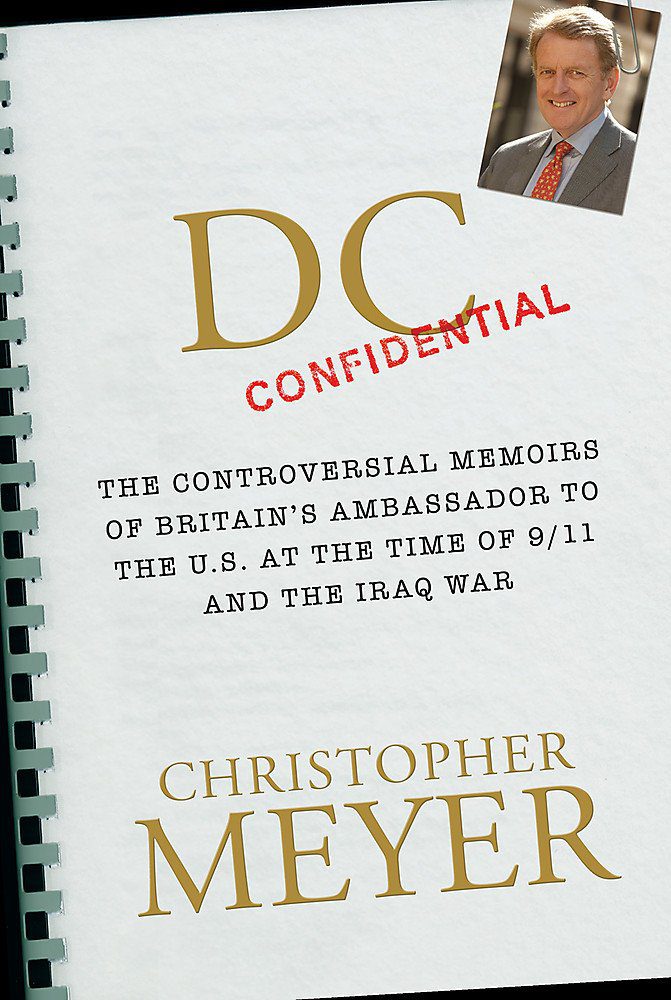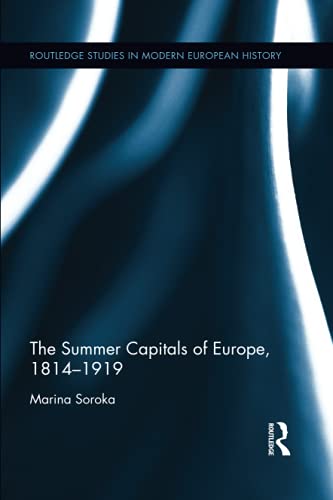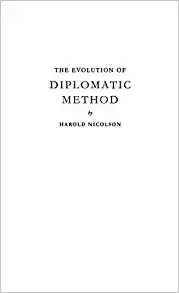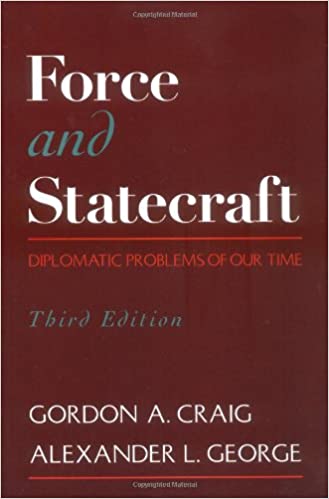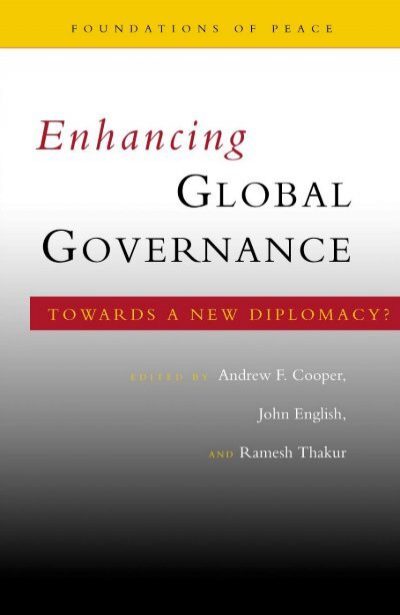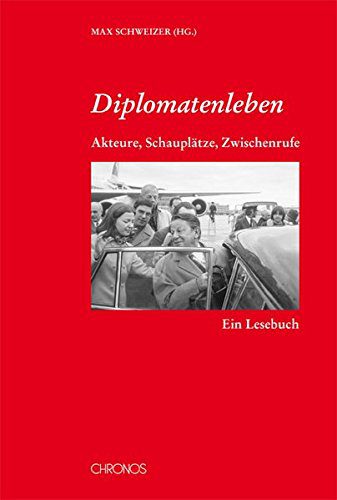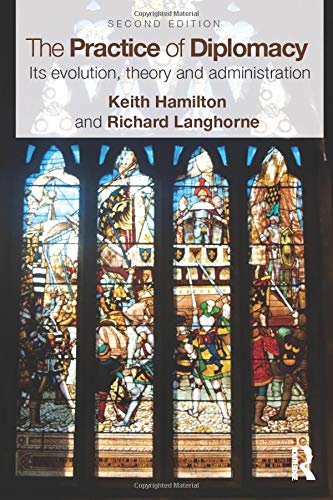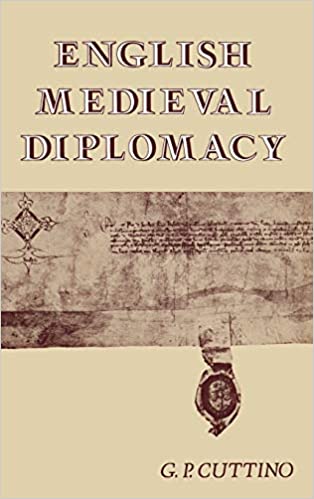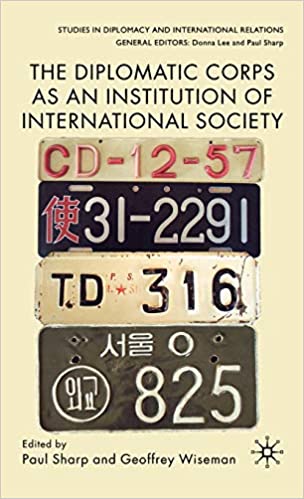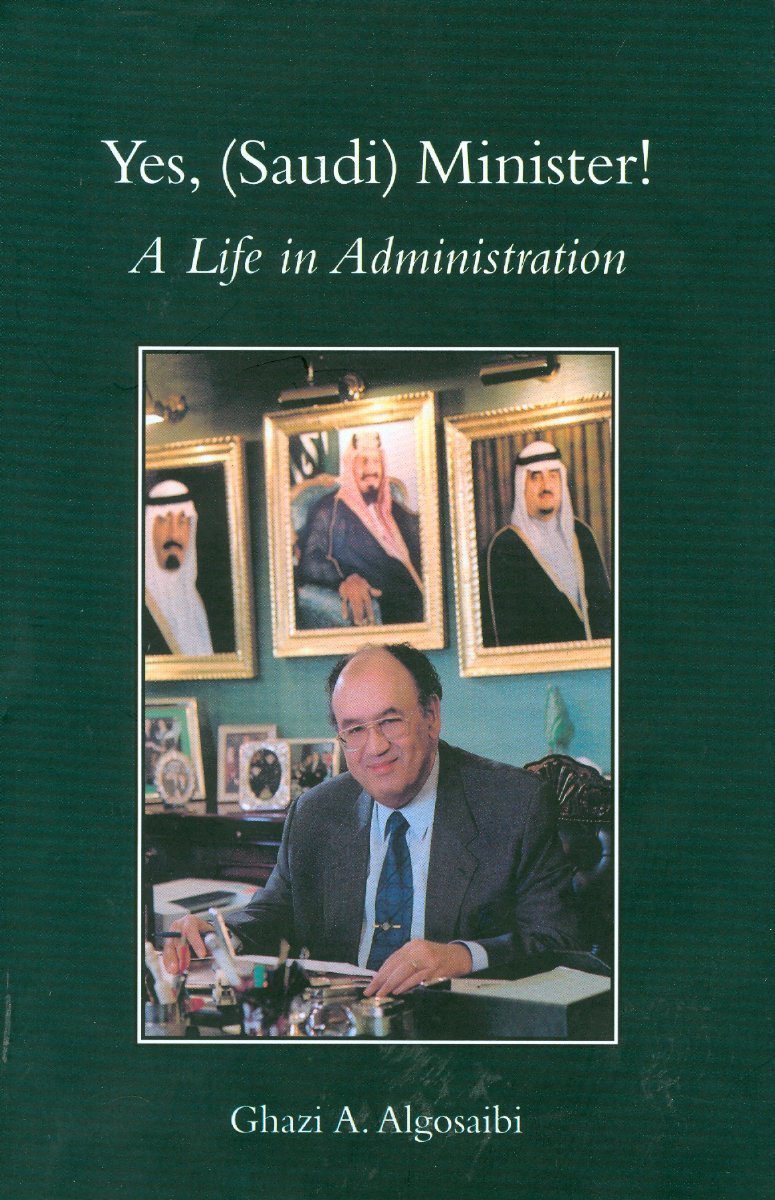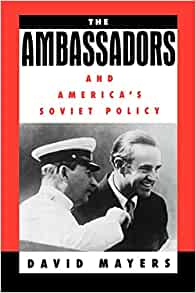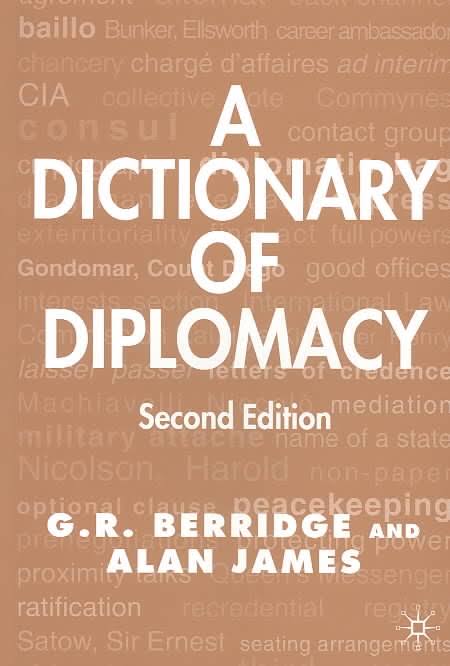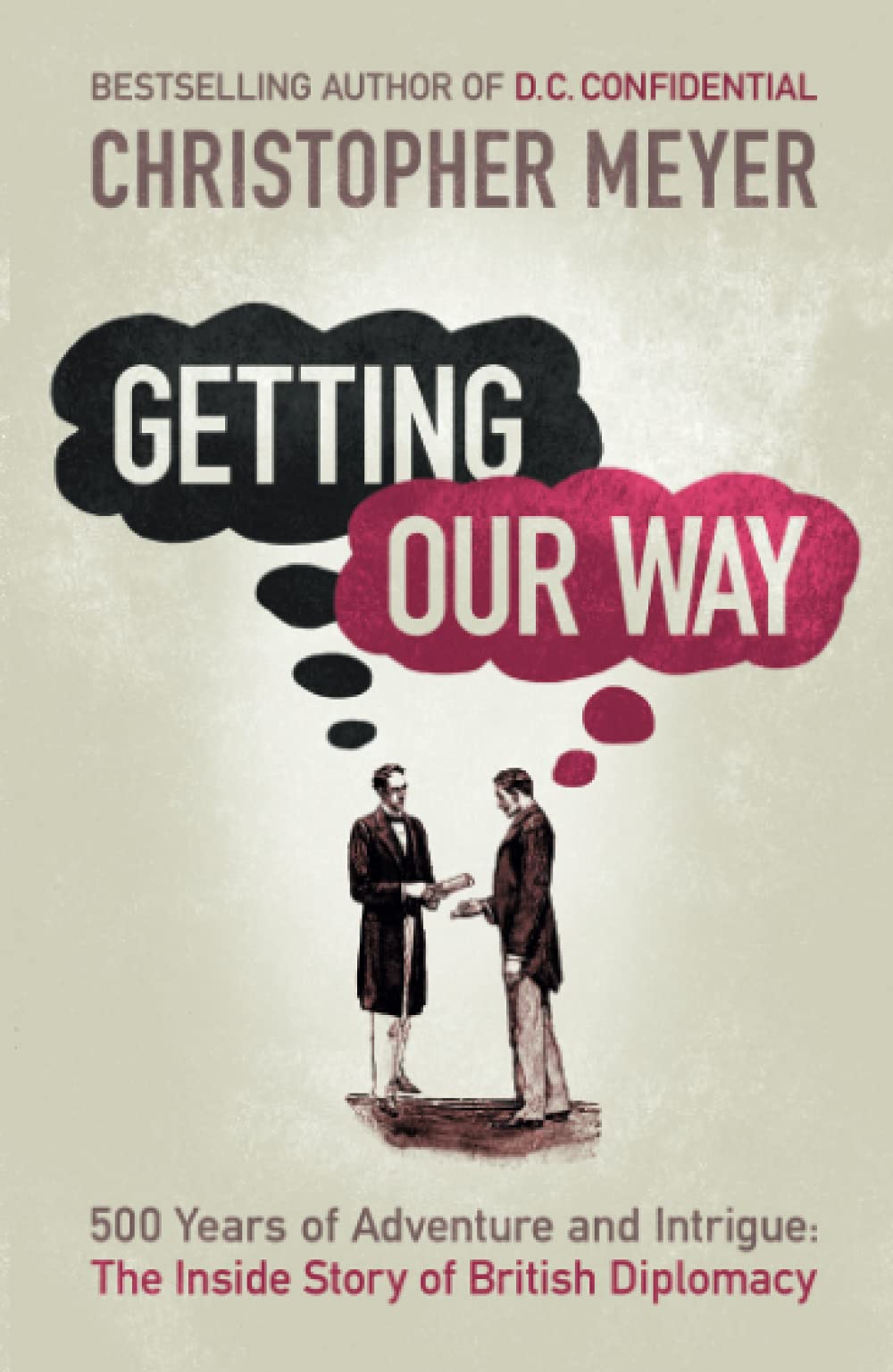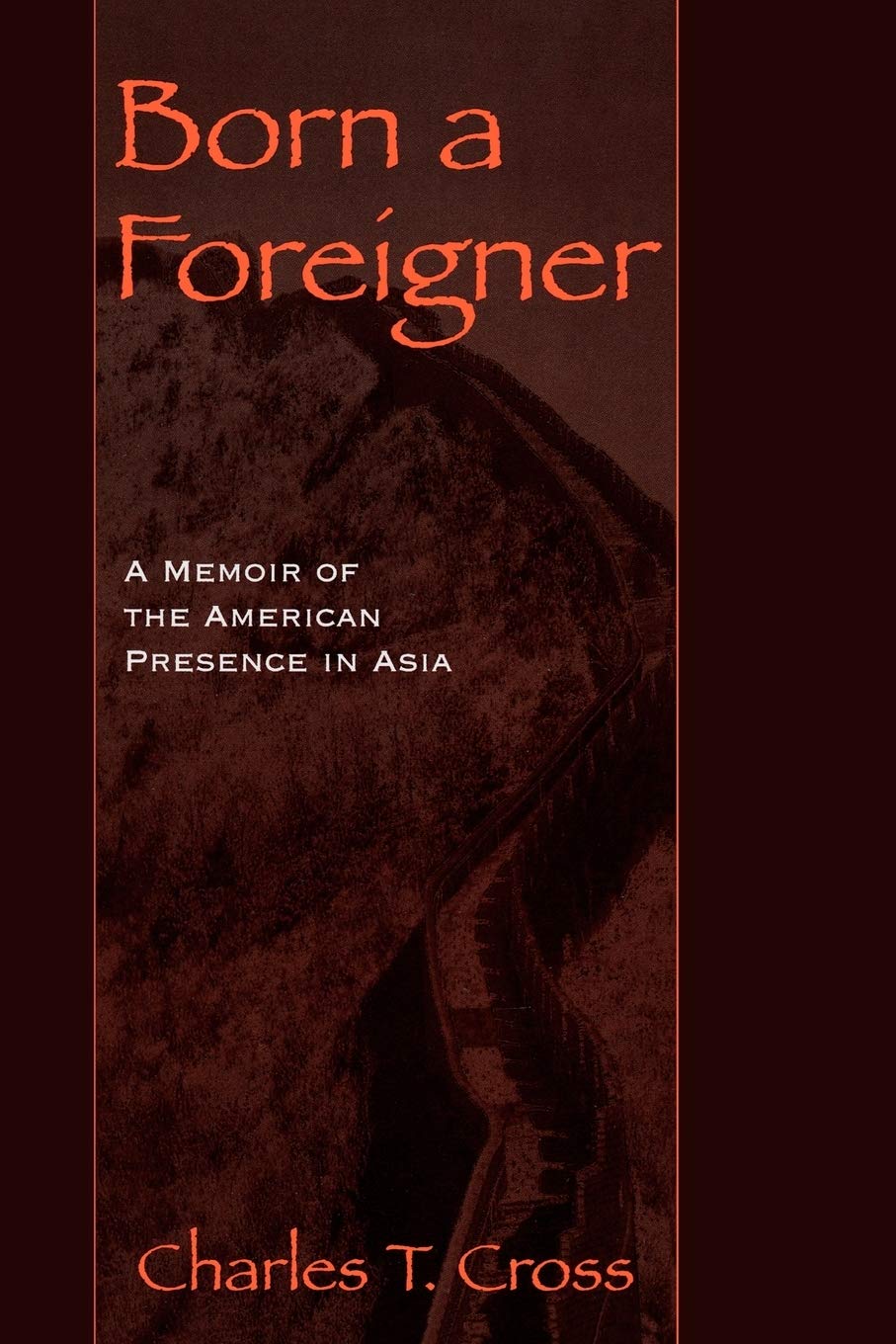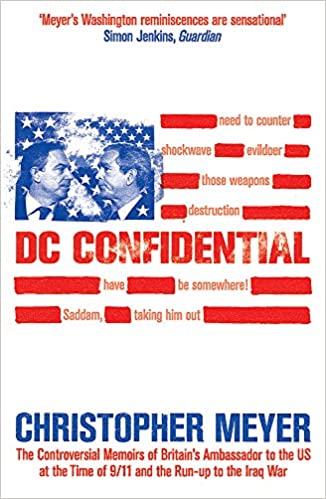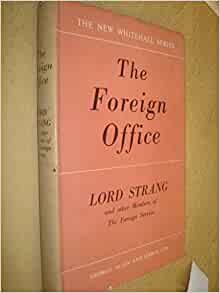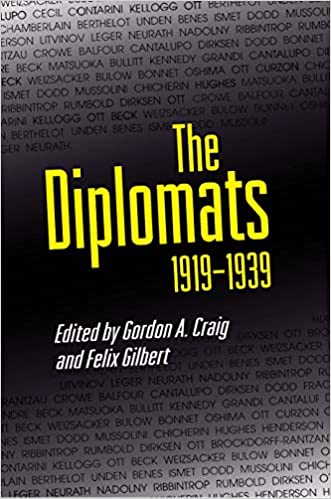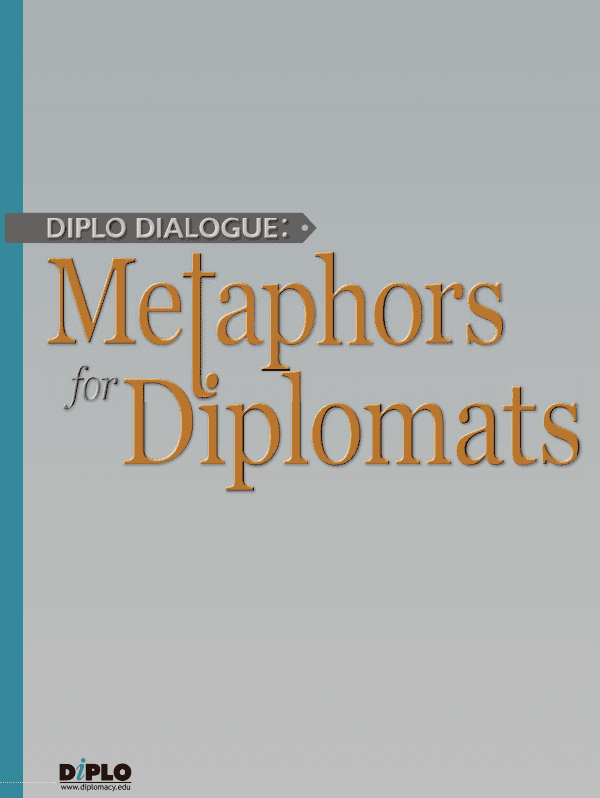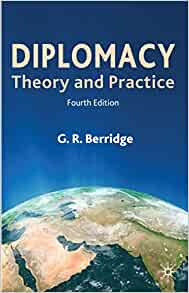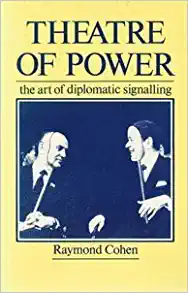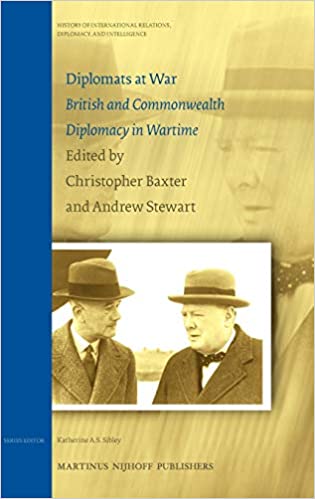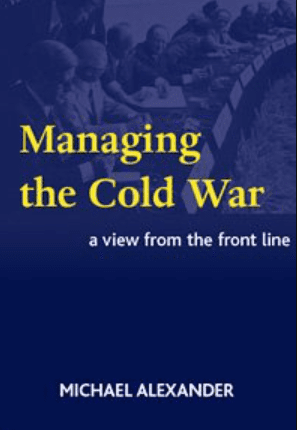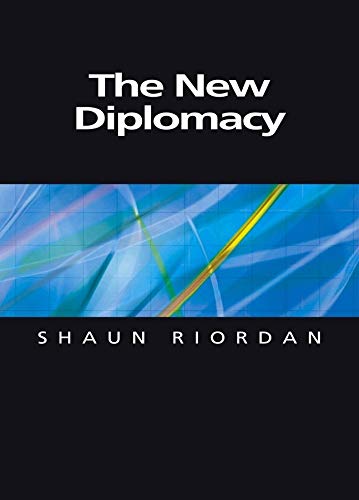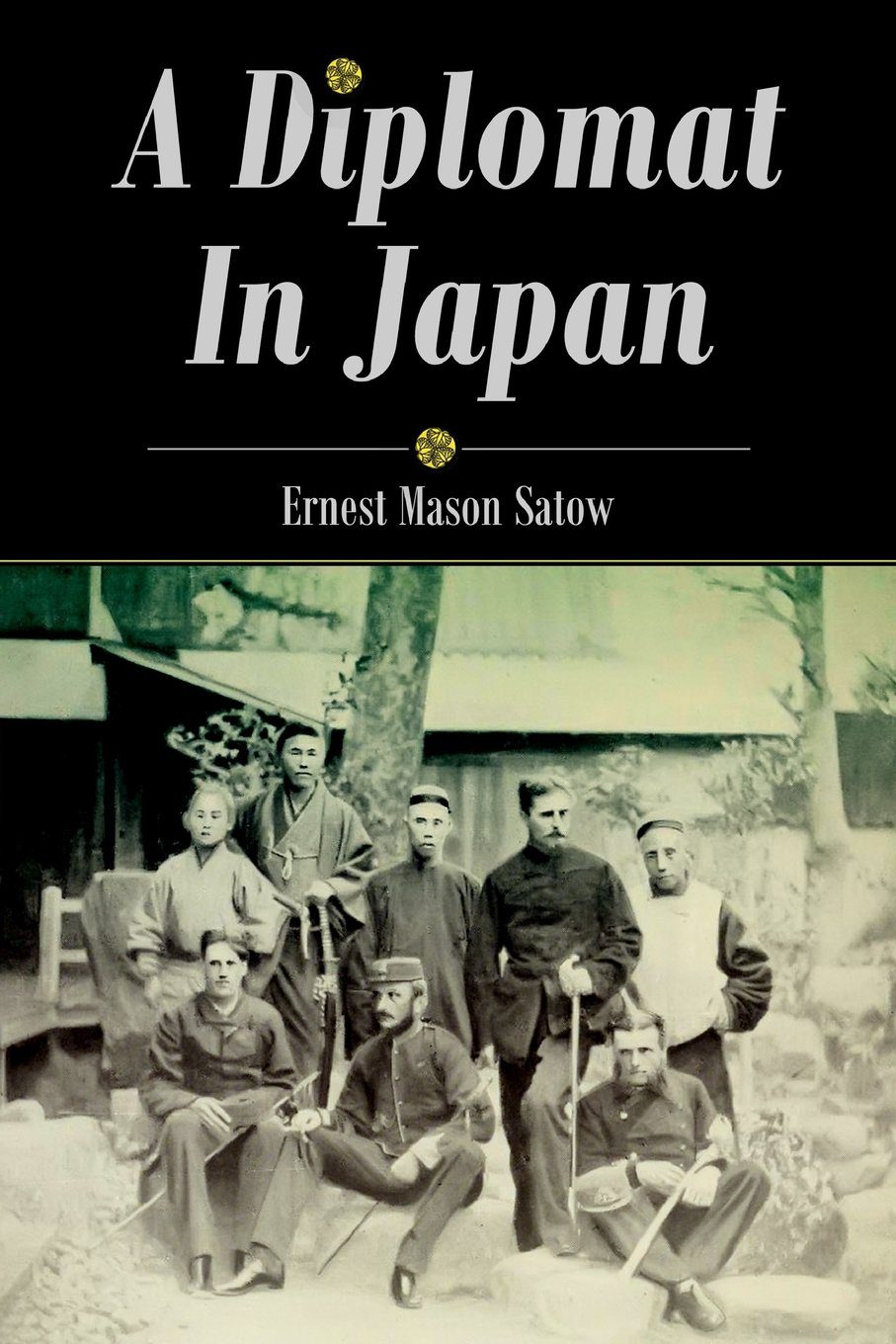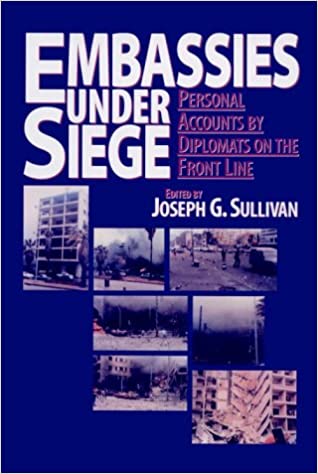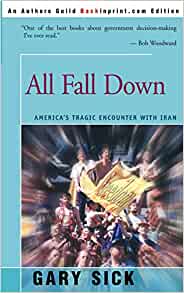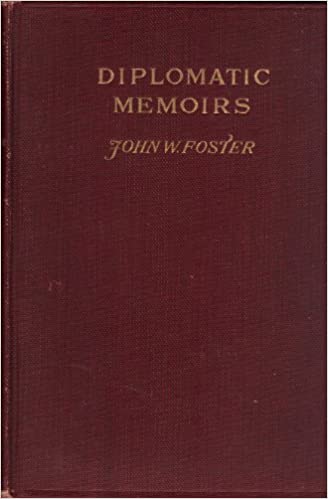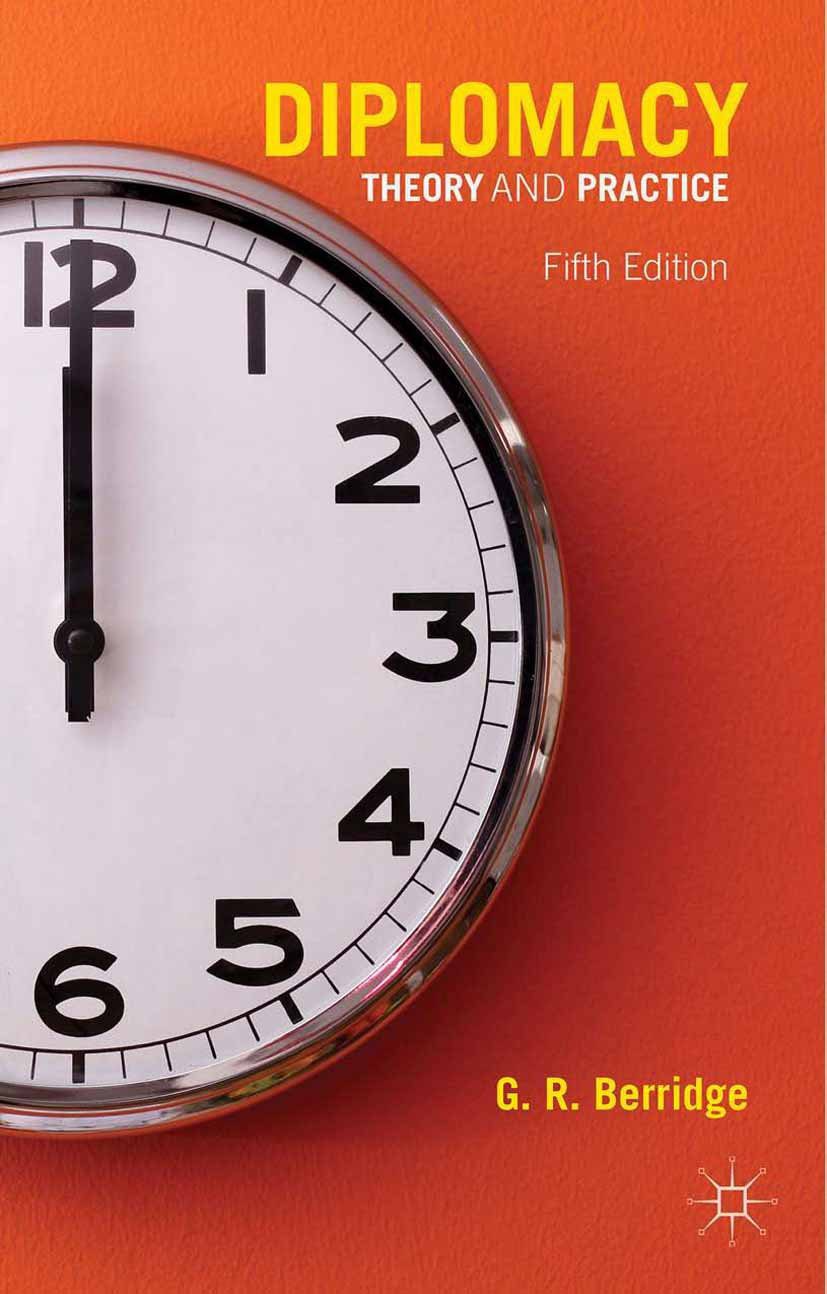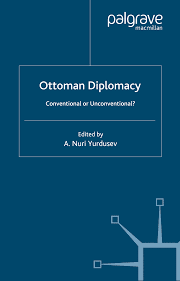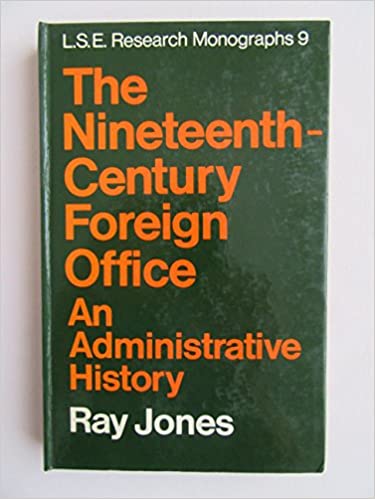When I was asked to attend this conference the invitation was, of course, by e-mail. I thought deeply for a while: perhaps this “solemn conference” needed a little comic relief and perhaps I could provide it. I am known here in Malta because I was a visiting professor five years ago. In deciding what to say, I realized that actually my whole life has been devoted to knowledge management. I did not call it that—I called it bibliographical control. As director of the Library School at University College, which includes the training of international archivists and librarians, I realized that, perhaps, I might have a few things to say which will interest you whether you are diplomats or are involved in IT, which I have been involved in for 35 years.
I am going to drift—I hope not confusingly for you—between the 1850s and the 1990s, and I will start with the 1990s because most of you were around in the 1990s and not many of you were around in the 1850s.
The British Library, as you know, was founded by an Act of Parliament in 1753. It was the library, basically, of Sir Hans Sloane and it slumbered on in its early years, governed by partially occupied clerics. Radical change began to take place with an Italian revolutionary ex-patriot by the name of Antonio Panizzi. Panizzi had sought occupation as a teacher of Italian at University College, but as there were no takers (at one point he nearly got Robert Browning as a student; unfortunately Robert Browning went to someone else to teach him Italian) he daringly applied for a job as assistant keeper in the library of the British Museum, a post which with some patronage from very high sources he managed to get.
The Panizzi diaries have never been published. That is great pity, because it is clear that from about 1840 when Panizzi’s career begun to take off, he worked to create a universal repository of knowledge in the British Museum. How he set about doing that is all, actually, in the diaries, and it is an extraordinary story of persistent achievement. By the time of the 1851 exhibition, which, as you know, put England on the world map, Panizzi was convinced that there was a way of somehow persuading the governments of the world, whether they were friendly or not friendly, to deposit their documents and their official publications and anything indeed which could be of value in assessing the material culture of that country in the library.
The astonishing success of this enterprise had one catastrophic result. There was no way Panizzi could employ enough cataloguers to cope with the influx. The diaries report daily: another wagonload of documents from Italy, two more wagonloads from France. The result was that by 1866, when he retired as the director of the British Museum and principal librarian, the library was in possession of documents of an extraordinarily varied nature covering the entire world. Arankoff, who was a librarian in Russia, was sent to the British Museum to examine the documents and the books relating to the early history of Russia, and he was astonished at the volume of material which existed in British Museum, which existed neither in Moscow nor St. Petersburg. There were several visits from German librarians who, again, went home utterly mystified at the sheer volume of material, both manuscript and printed, which the library had managed to acquire.
Now, I am going to come to the 1939-45 war. The records of the British Museum for that period exist in 64 cartons. They have never been catalogued, they have never been sorted, and there is a considerable degree of sensitivity about these records. Why should there be sensitivity about records in the British Museum from World War II? The answer is quite simple. The intelligence services, as you probably know, were based during the war in Oxford. The reason for siting them in Oxford was that it was quite credibly believed that Hitler might bomb London, he might bomb Manchester, he would certainly bomb Coventry; but that he would draw back from bombing Oxford. And, therefore, the presence of the intelligence services in Oxford was reasonably safe.
Thus, every week on Tuesday and on Friday a limousine arrived from Oxford and was loaded up with documents from various departments of the library—printed books and, of course, maps—which were sent to Oxford, and which played a highly significant part, actually, in many of the operations of the war.
I have read the entire contents of those 64 files. Let me give you one illustration. The landings in Greece would have been a total disaster without the very special knowledge of a map curator called Constantine who actually understood the nature of Greek cartography. And we would have made serious mistakes had it not been for the wisdom of that map curator and, of course, the collection of maps in the library.
Closer to our present time, I would like to remind you—and I am sure you are aware of this fact—that many decisions during the planning of the Falklands war—to the consternation of those who had to carry this exercise out—depended on maps of the region, but the Ministry of Defence had no maps of the Falkland Islands and I assure you a campaign carried out without maps is a very dangerous thing. The keeper of the map library of the British Library was woken up at an early hour in the morning to open up the department and find maps of the Falkland Islands, which could be sent to Southampton for immediate reproduction by the Ordnance Survey, so that when the landing forces arrived they knew the difference between what was a bog and what was terra firma.
Now I am going to return to 1990, when I suggested to the British Library that it would be appropriate to launch a series of advanced research surgeries, available to the public and to anyone who wished them, to combine the power of the computer with specialist knowledge of the collections—uncatalogued as well as catalogued. And don’t forget when you look at those 600 volumes of the British Museum catalogue, you are looking at a mere 40% of what is in the building.
So, on January the 3rd, 1990, the research surgeries were publicly announced, and I sat there waiting for people to turn up at prearranged times and present me with their problems. The surgeries had a simple rule: if you can find the information you need using ordinary printed reference sources don’t come near me because I have nothing to do with it. You have to prove to me that you have exhausted all the possibilities provided by the reference facilities of the library. Then we will try the computer.
For three years I conducted the surgeries. They were attended by civil servants, they were attended by members of the security services—they always called themselves Smith. They wanted to know very strange bits of information. Salmon fishing, artificial salmon raising in Nova Scotia, a range of topics which, very challenging, could certainly not be solved by the conventional resources at my disposal. General catalogues are useless. However, the resources of the Online Computer Library Center (OCLC), which you may be familiar with, a database which by then already had 40 million books on it, the Research Libraries Information Network in California which had 36 million books on it, and the Internet itself, provided one with access to over 400 university library catalogues and a few archives. We did not have yet the National Register of Archives; in fact we did not have a lot what we now have.
The problem, you see, was that some of my attendants at the surgeries were well aware of these resources, but had absolutely no idea how to interrogate them. If I can remind you, in 1990 there were no less than 56 retrieval protocols in use on the Internet, and searching very large databases like OCLC and RLIN is fraught with difficulties—the same sort of difficulties you get when you search the Internet, and you search for DNA and you get a café, and you get a lace manufacturer: you get anything but Crick and Watson! But there are ways of navigating large bibliographical and even archival databases.
The series was so successful that I submitted a report to the British Library urging them, when they opened the new building, which, as you know, was completed last year on Euston Road, that this should be offered as a matter of course, as a service to the public. I said in my concluding statement: “Librarians are not arbiters, they are prophets. They collect from the detritus of printers and the scribes, and they do so with judgement. The precision of judgement has always distinguished the good from the mediocre.” The British Library, like so many large bureaucratic institutions, thought that it was getting into deeper water than it cared to get into, so it abandoned the service.
To conclude, let me take you back to the mood of the 1850s. While Panizzi was planning the future of knowledge and its availability in the British Museum, there was an obscure civil servant whose name I will now tell you: Albert Symons, who worked for 25 years in various ministries. He had lived through all of the various crises from 1825 up to 1853. He was asked by Gladstone, who was then Chancellor of the Exchequer, whether he could draw on his experience in working with various ministries to produce a sort of blueprint for the management of government departments. There had been in the 1790s much concern expressed about the state of government departments and there had been many inquiries. They discovered that the Royal Navy had somehow mislaid a million pounds since the age of Pepys. A million pounds is a considerable sum of money to lose in the 18th century. Well, Symons was, of course, just the man that Gladstone needed.
He had worked in various departments and he had also done some work—and this is very important—in the Indian Civil Service. The Indian Civil Service was, probably, the most highly organized administration in the world. And the East India Company was virtually its own government—it became a government in 1858. It was at that time simply the largest trading company the world has ever seen. Symons observed the methodical way in which every single operation of the East India Company was structured, modelled, and recorded. And so he took Gladstone’s invitation and produced a remarkable work. You will be very lucky if you find more than two copies in America, there are two known in Great Britain, apart from Gladstone’s own copy in St. Deniols, which is marked up with all his own annotations. It was not published—it was intended for private circulation. And it has, I promise you, the most unpromising of titles: Papers Relative to the Obstruction of Public Business and the Organization of the Civil Service. I will read you one passage:
The ultimate object is to bring back the condition of offices to the state of subordination to one scheme of organization, which at one time characterized our institutions, so that each part may have its own proper function and subserve the common purpose of the whole without delay or obstruction to any other part; and so that the Prime Minister may truly preside over the whole while each associate minister be encharged only with those duties that are truly special, may be able fully and promptly to discharge them; and that the total result may be unity of principle and unity of action with, as far as may be, unity of practice in the execution of detail.
He goes through every government department, and at the end provides a synopsis, which is extraordinarily interesting because he divides it into what he calls the body (those are the elevated people—the ones who get the good lunches) and the establishment. And just note who are to be included in the establishment; and this is across the board: this is every department of state, it is the Post Office, it is the Treasury, it is the Home Office, it is everyone.
– The chief officer—what is he responsible for?
– the receiver and examiner of papers and fees;
– the clerk of minutes and board;
– the clerk of orders and correspondence; and
– the clerk of acts and records.
Underneath the chief officers’ department are the special registering and recording officers:
– enumerator;
– describer;
– definer;
– classifier;
– designator;
– librarian;
– index maker;
– reader, i.e. proof reader;
– abstracter;
– extractor; and so the list proceeds.
Clearly, Symons understood that it is not enough in government simply to have an apparatus for making decisions, but that all those decisions should be made in concert with other related departments, and that there must be a record. A record, which, as J.T. Converse reminds us, should be trustworthy and which should be long lived.
That is why, ladies and gentlemen, when you visit the Public Record Office today to consider the historical details surrounding an event after 1853, chances are you will find the records you are looking for. If, on the other hand, for thoroughly misguided purposes, you want to find out not why we lost the American colonies but how we lost them, you will find nothing. There is not a single record which will explain why, when George Washington sought an audience with admiral Howe, who was anchored off the New York harbour, he was refused audience because Washington called himself General, and Admiral Howe said: “I have no such name in my register.” One can follow this even further: the petition of the 13 Governors, which was sent to London and which, apparently, never arrived. Why it never arrived it is not clear. There is a copy of it in the Massachusetts’ Historical Society in Boston. But the original exists nowhere in the government records of Great Britain. Lord Sandwich, who was the appropriate person to receive that petition at the time was away grouse shooting in Ireland. And that, of course, was far more important than worrying about these tempestuous colonials who were always grumbling. I think it would be fair to say, on the balance of the records I have seen and the diaries I have read, that we lost the colonies quite simply by default. There was no need to lose them, which raises another interesting question: why we were prepared to lose them by default?
Well, the date 1764 has been raised, during the course of the conference, by Keith Hamilton. It is the very first year in which the Court of Directors of the East India Company were prepared to bail the British government out of a deficit—and this astonished all. It astonished the king, it astonished everyone. “India?” Half of the members of the Cabinet didn’t know where India was. “Where did all this money come from?” Well, remember the Boston Tea Party? This was all surplus tea that the East India Company wanted to dump somewhere. And they thought: dump it on the Americans, send it to Boston. Suddenly, after 1764, the first year in which the income of the East India Company appears in the Parliamentary Papers, I think Britain realized that the income which might have or might not have come from the 13 Colonies was peanuts compared with what was going to come from India. And they said: “Oh, let the colonies go!” Of course, I cannot prove that because there is no documentation in the record to substantiate it. But there is plenty in the record to substantiate the growing swell of revenue which the British government began to enjoy after 1764 from the East India Company.
And for that fortunately we have double records. This is the historian’s dream—to find the documentation from two sources. Because we have India from the records of the departments of state, and we have the impeccably kept records of the East India Company, which are now part of the British Library. This is an interesting situation, in that 10% of the public records of Great Britain are actually in the custody of the British Library and not the Public Record Office.
I leave you with this interesting dilemma. Some things have changed since my foray with computers in the 1990s, but an awful lot has not changed. Libraries still catalogue their books in a pretty casual way. They are indexed in sometimes a very imperfect manner and the volume of print has increased in spite of all the things that the prophets have been telling us for the last 20 years. “The book is dead!” “We need not worry about books any more, everything you need is going to be available on the Internet.” “Forget books, we’ll digitize everything.”
What they overlooked is that when you transfer (archivists will know this principle very well) a document from one medium into another you have to re-catalogue it, because how you catalogue it in one medium is of precious little use in another. Are we seriously going to consider re-cataloguing the printed record of the world since Gutenberg in 1456?
There is a role for the computer in all matters, whether these matters are English literature, which happens to be one of my interests, or English political history, or whether it is diplomacy, or whether it is the study of archives. There is a role for the computer—but do remember some of the strictures which J.T. Converse insists upon, because without proper safeguards your machine readable information is destined to be useless.


